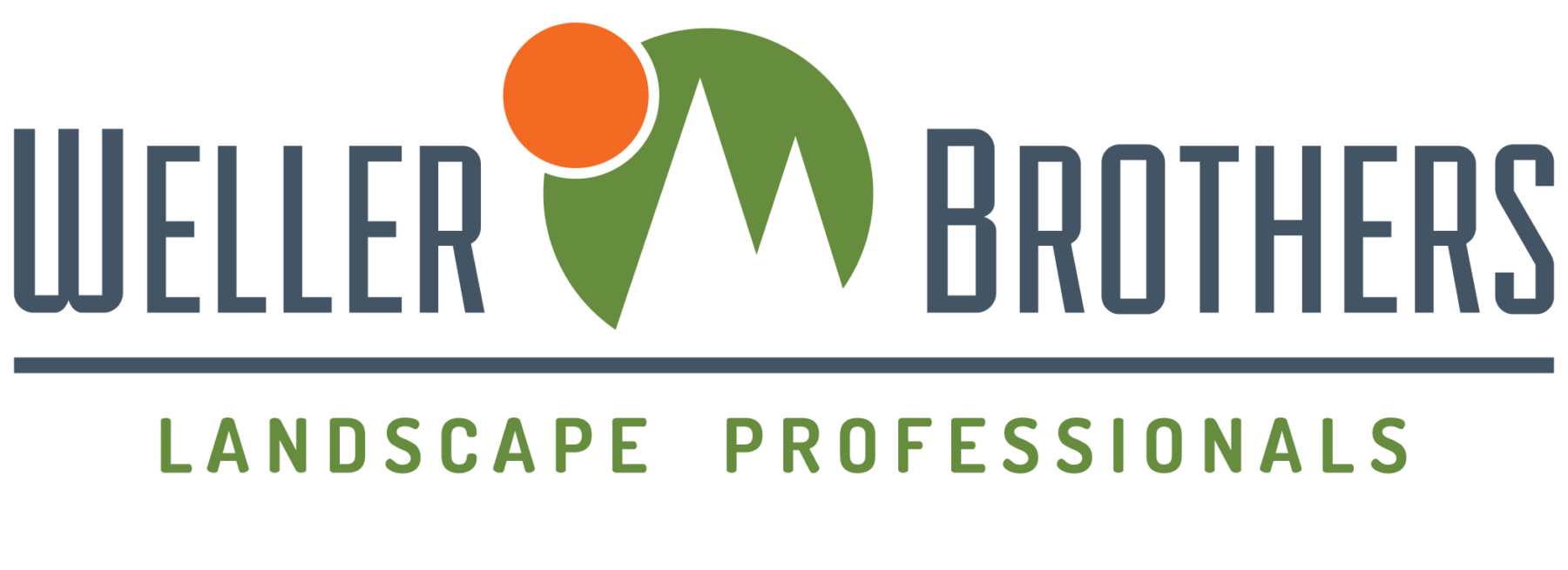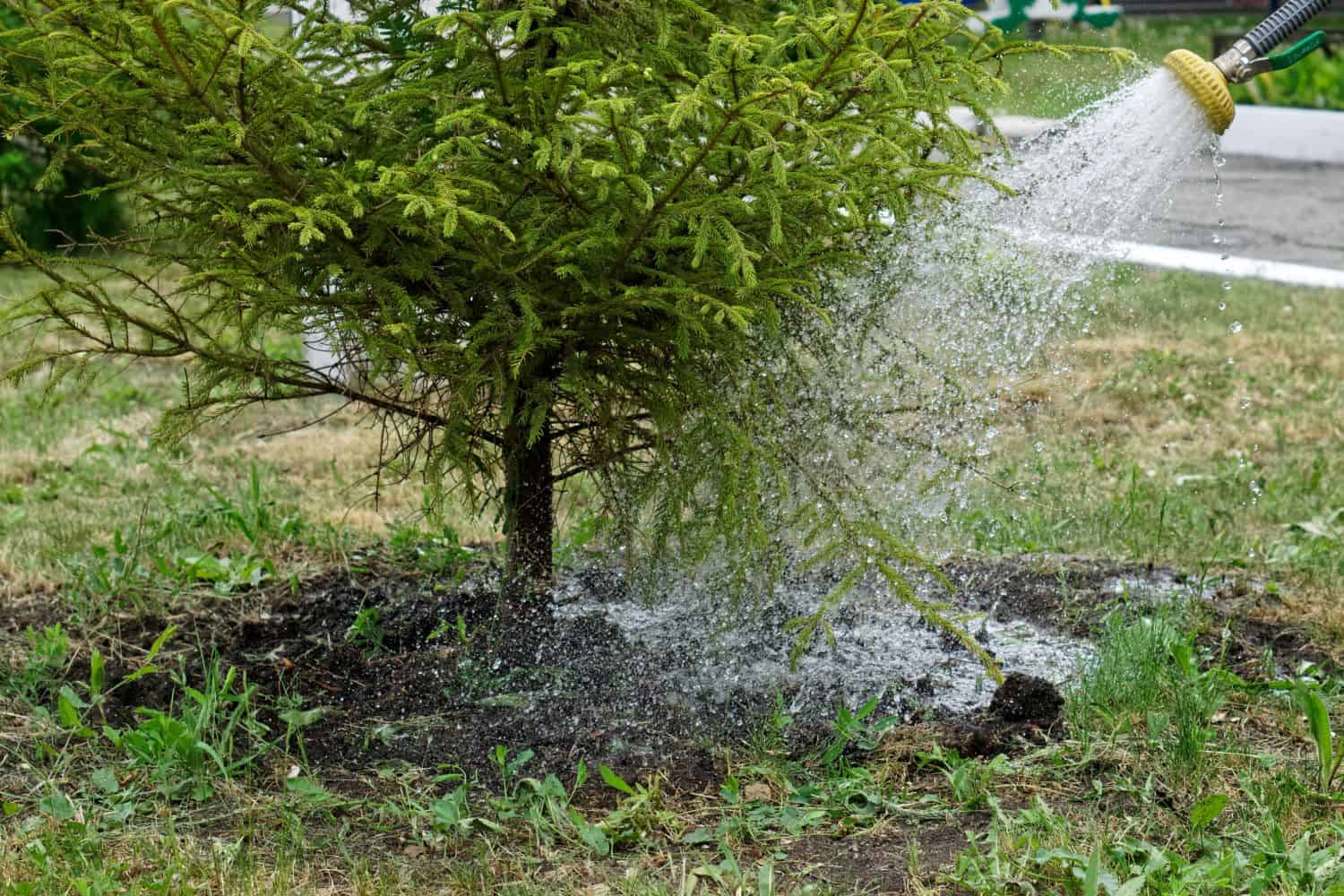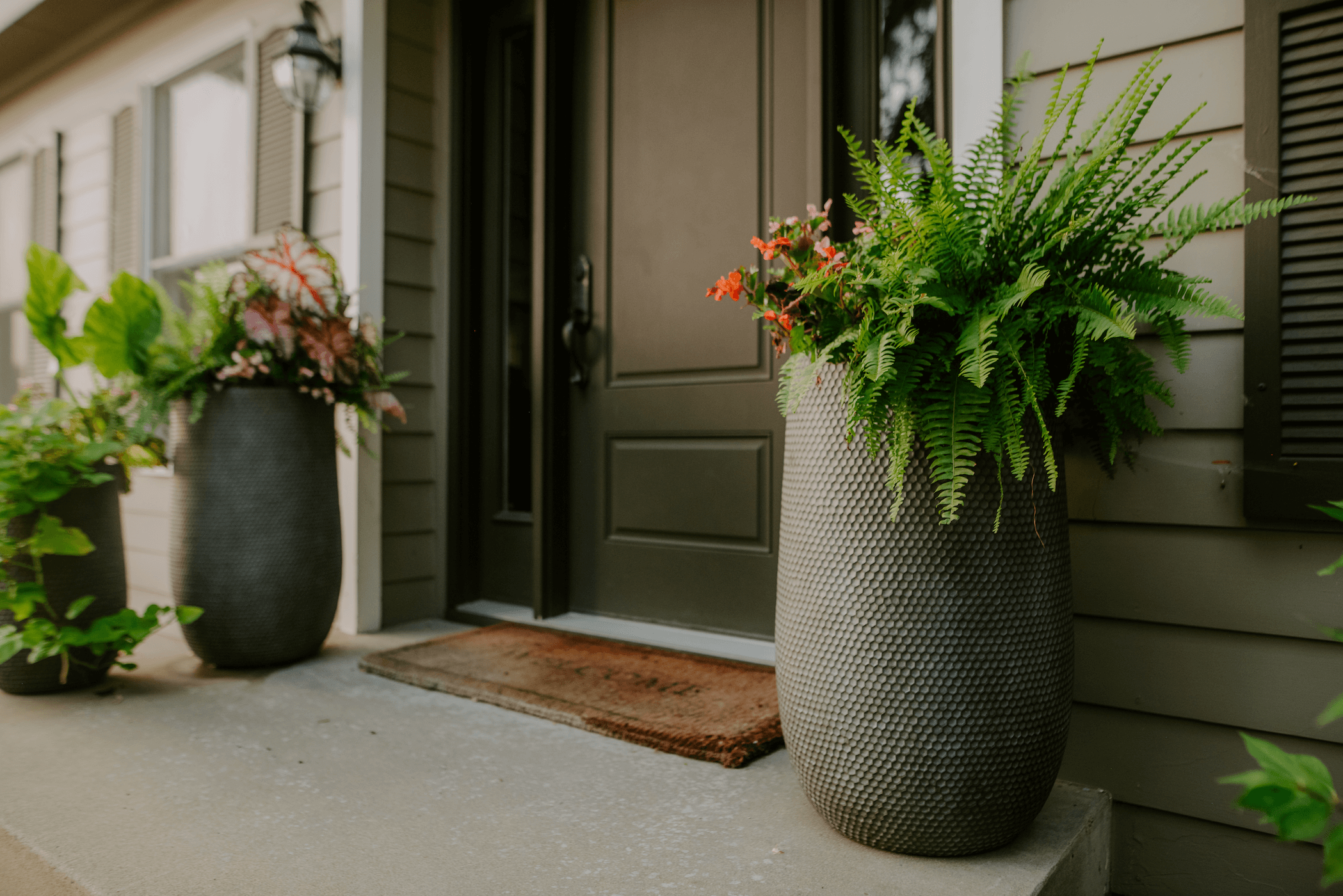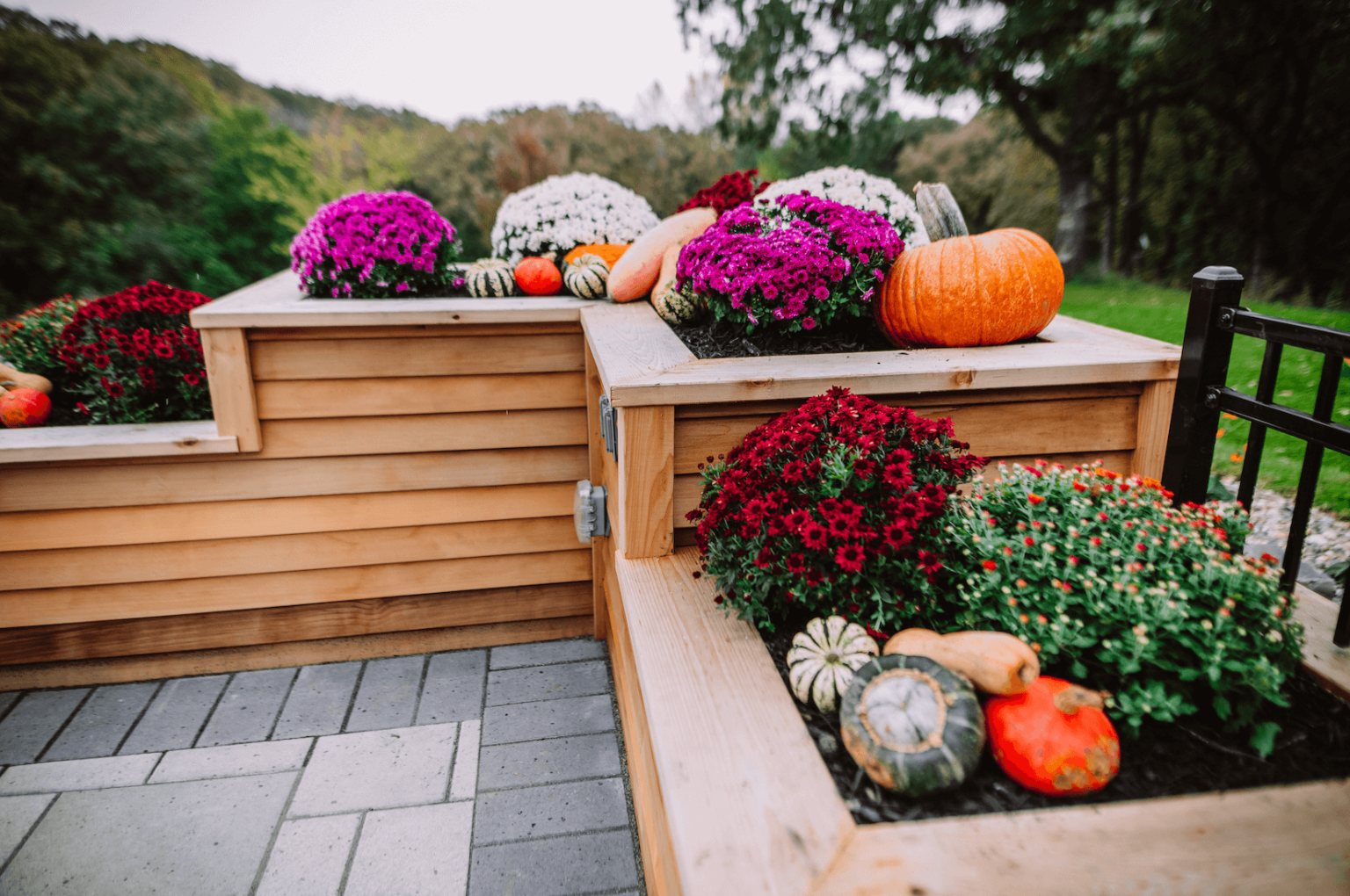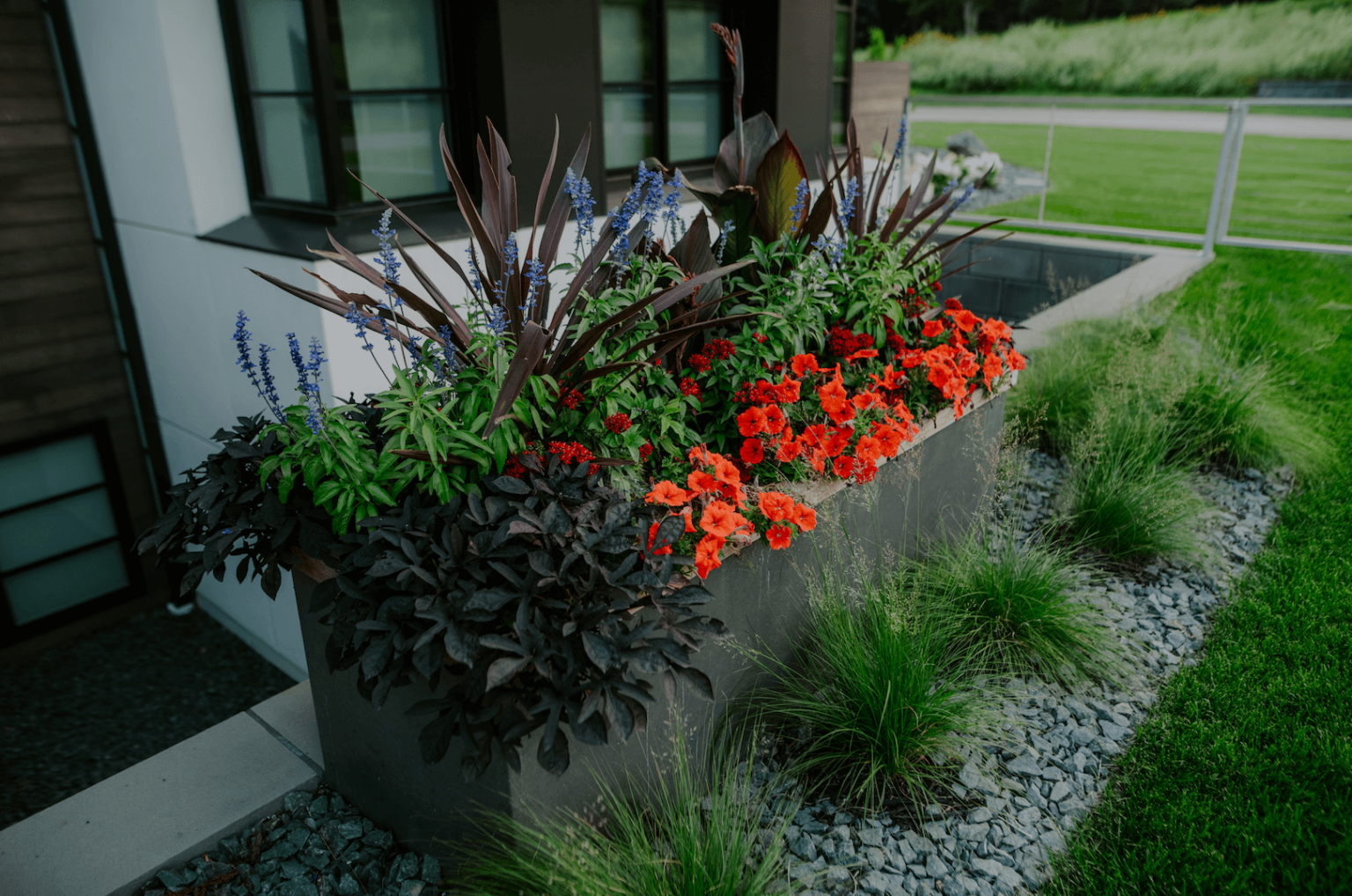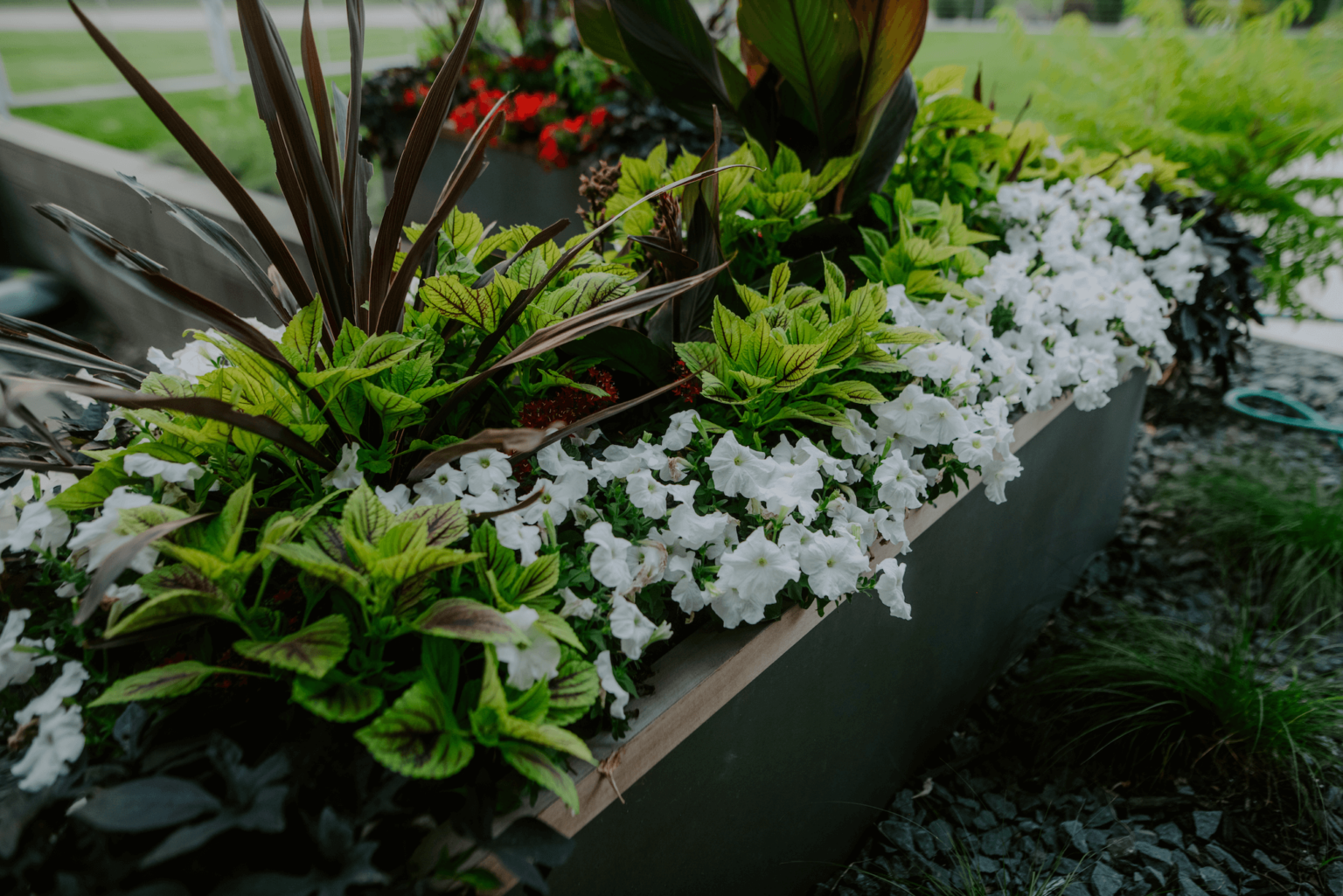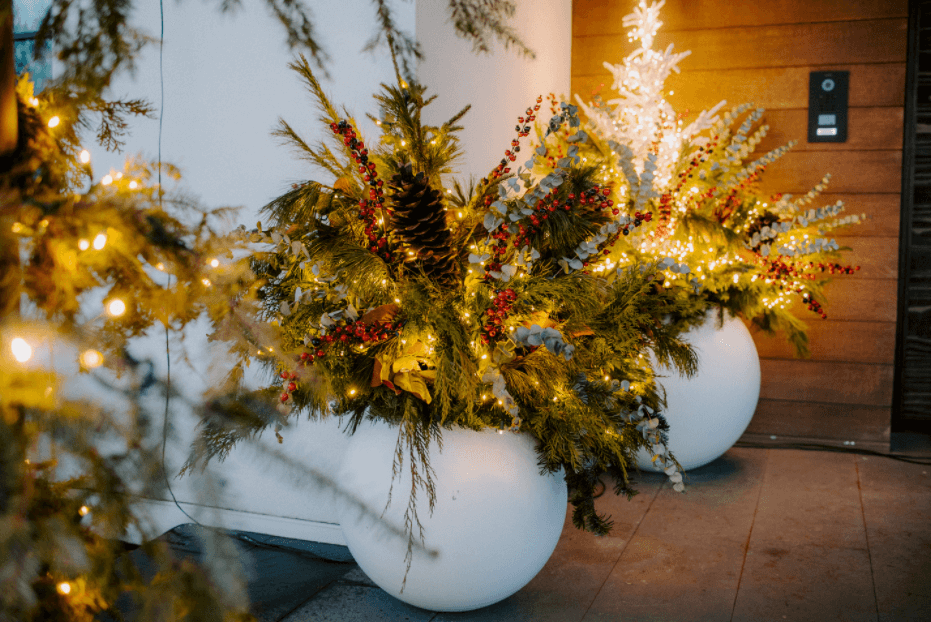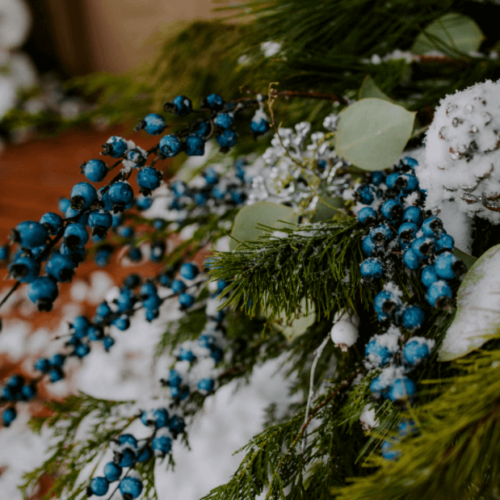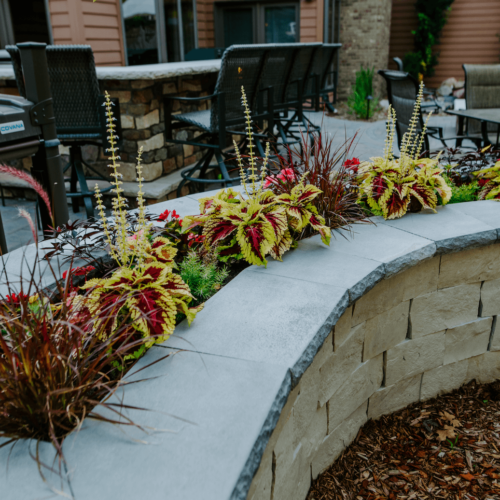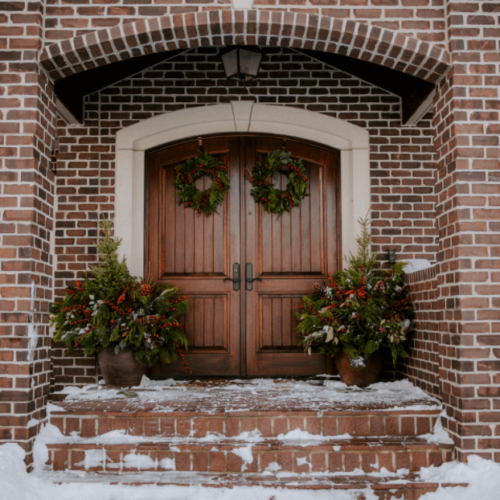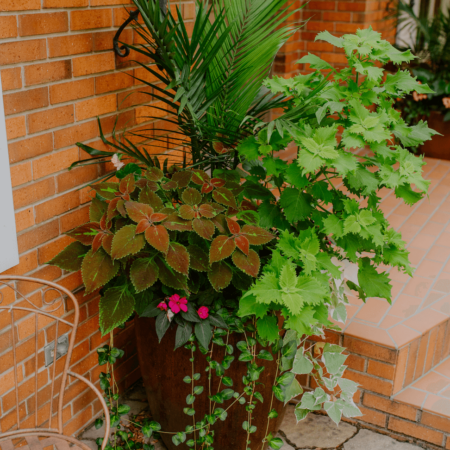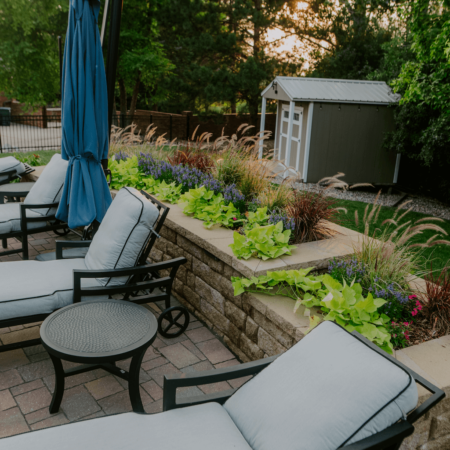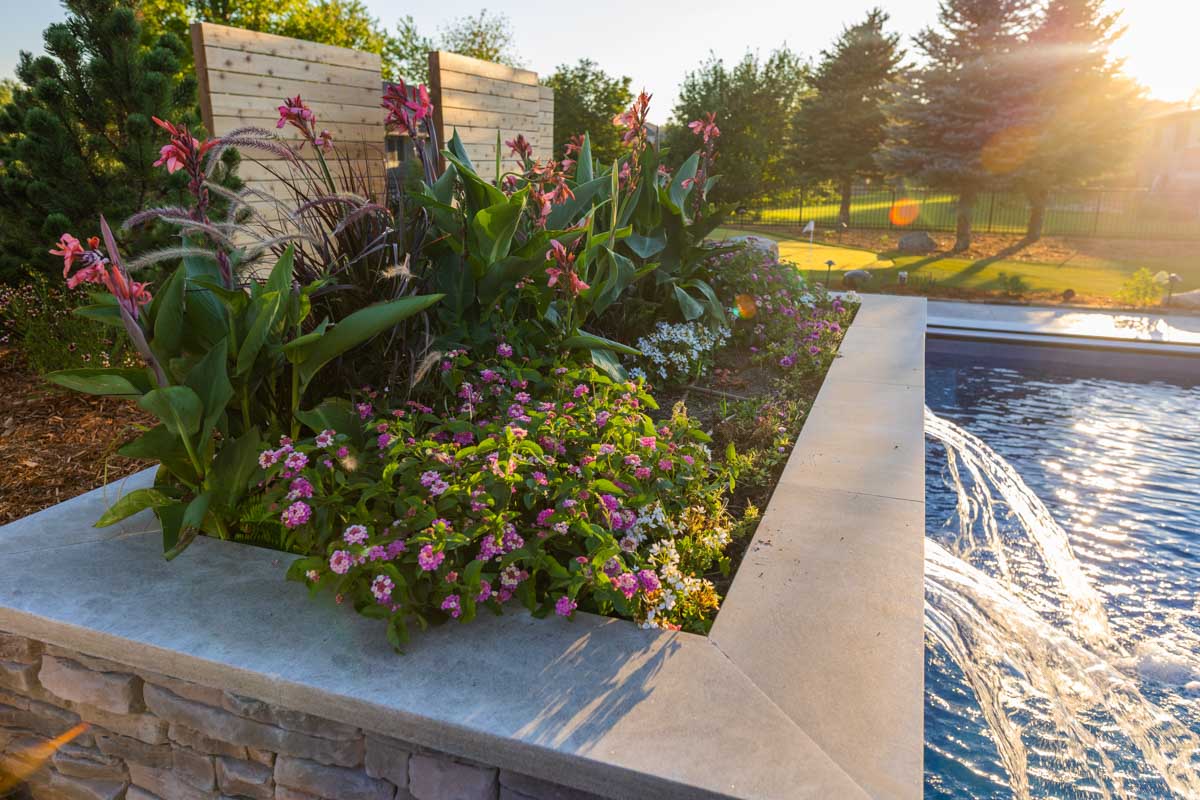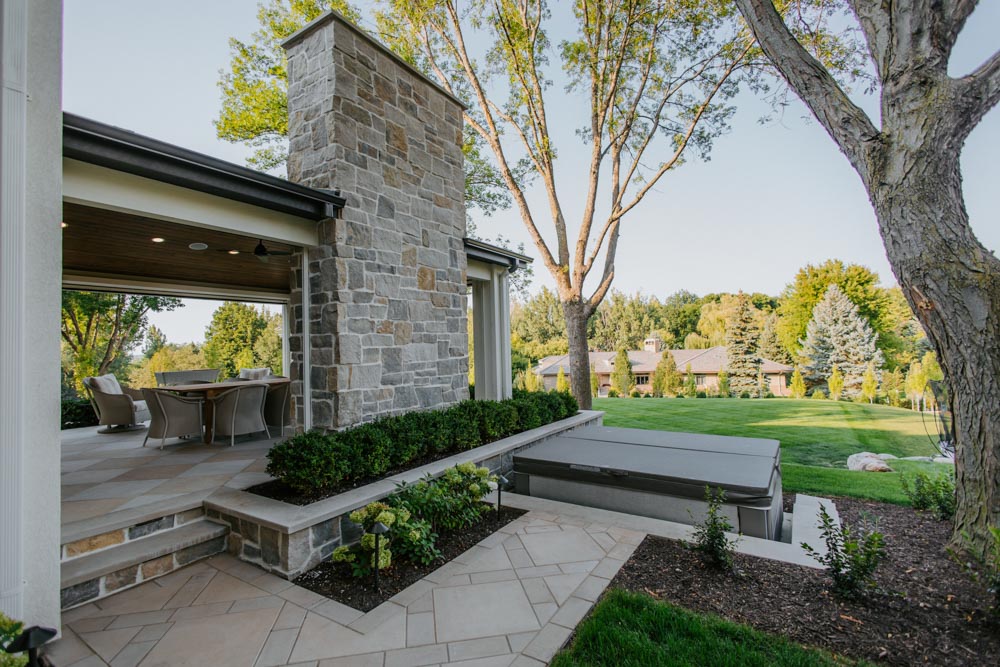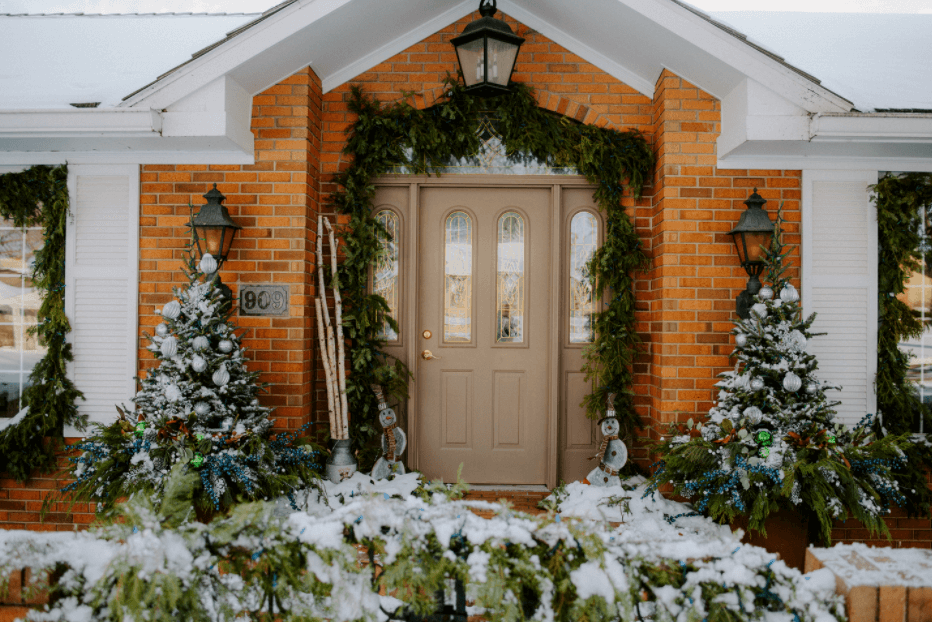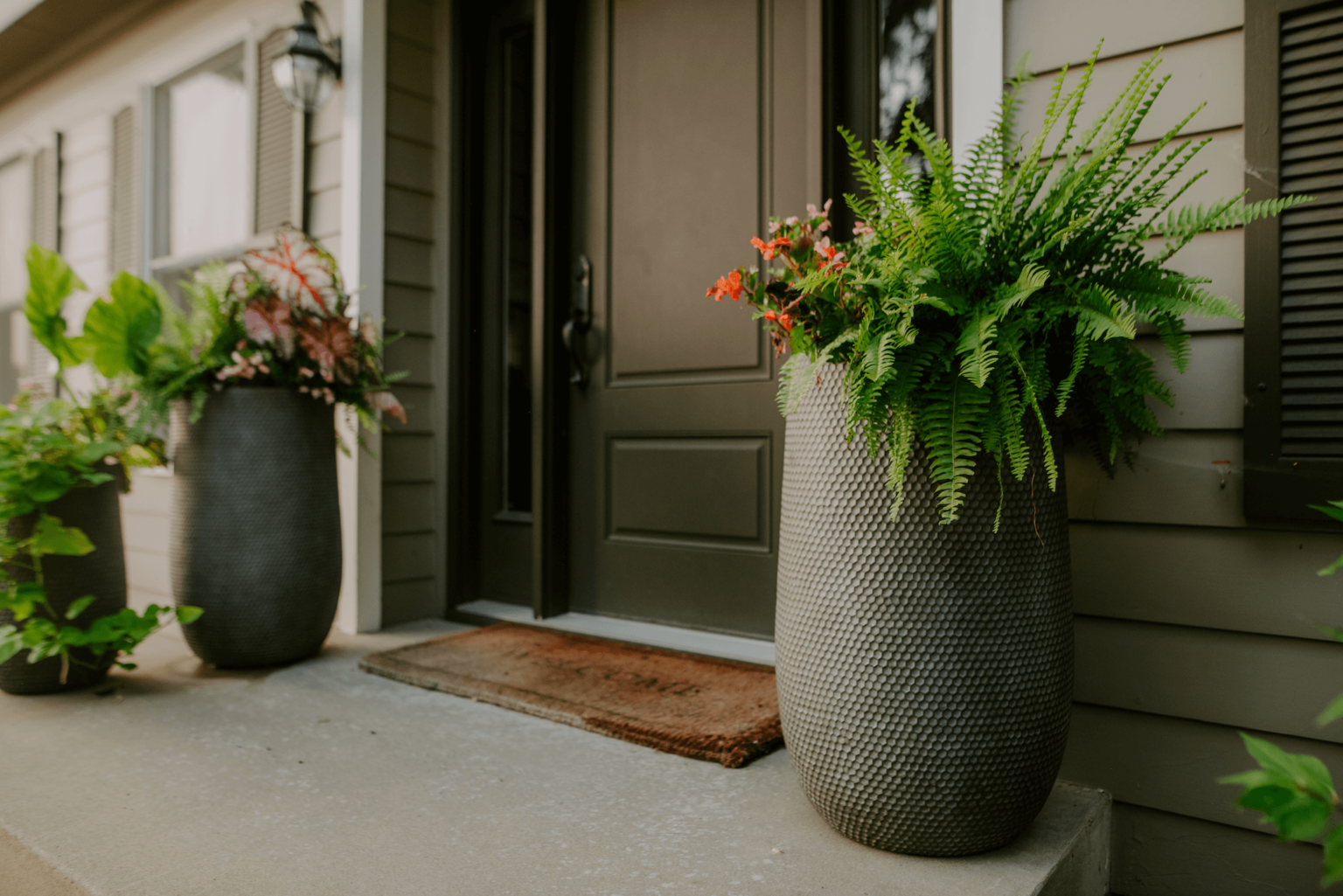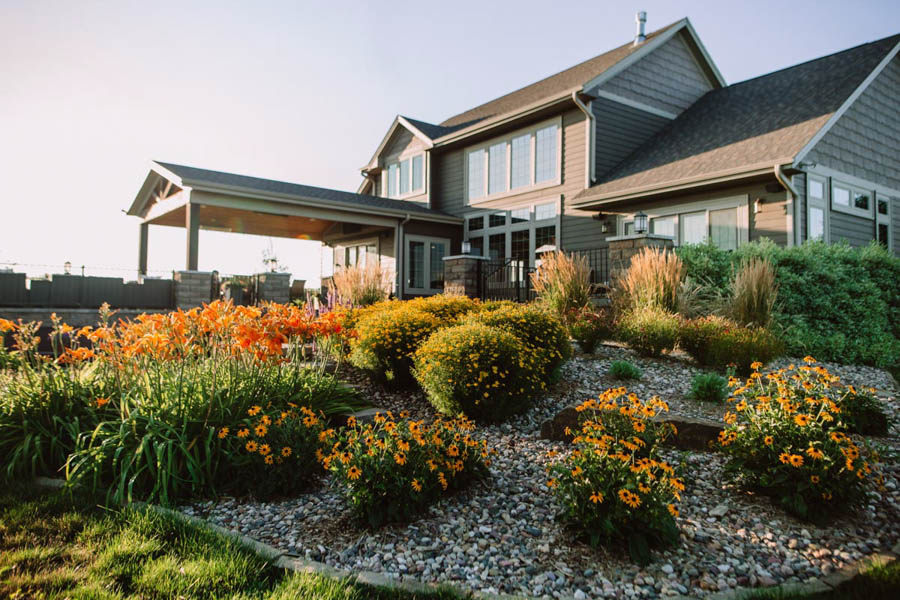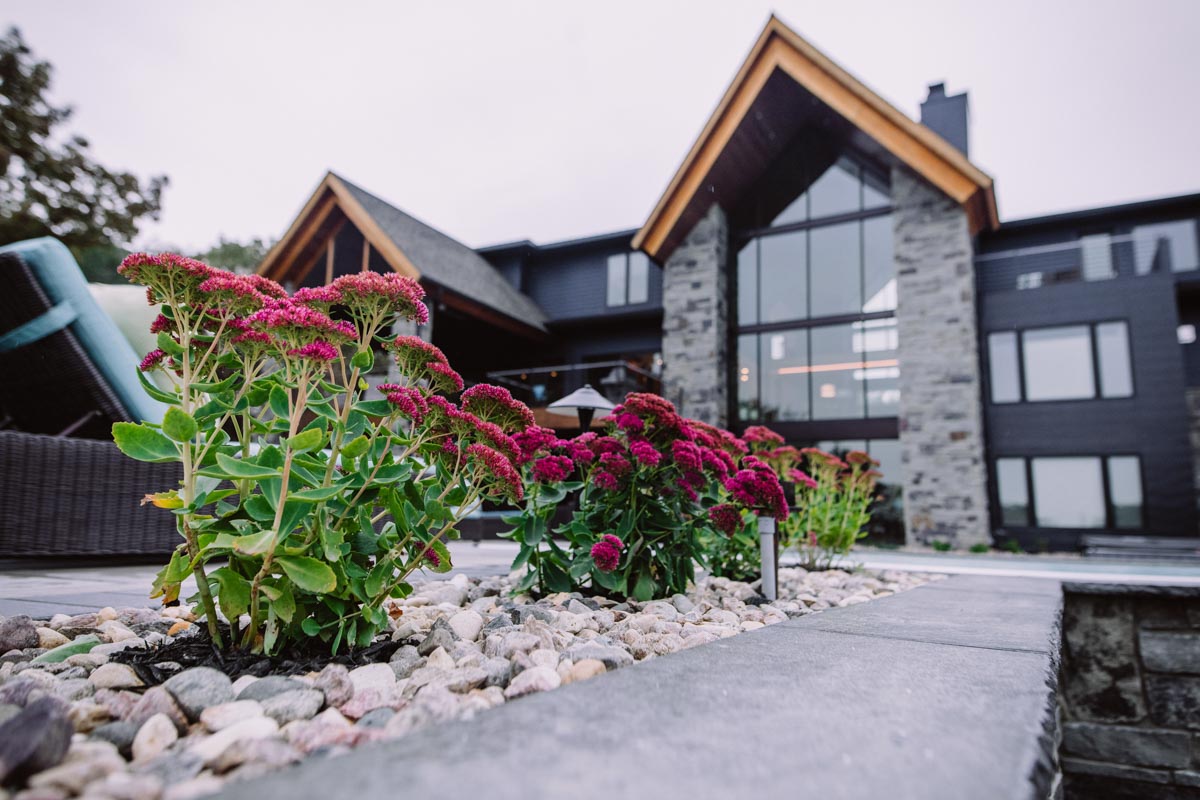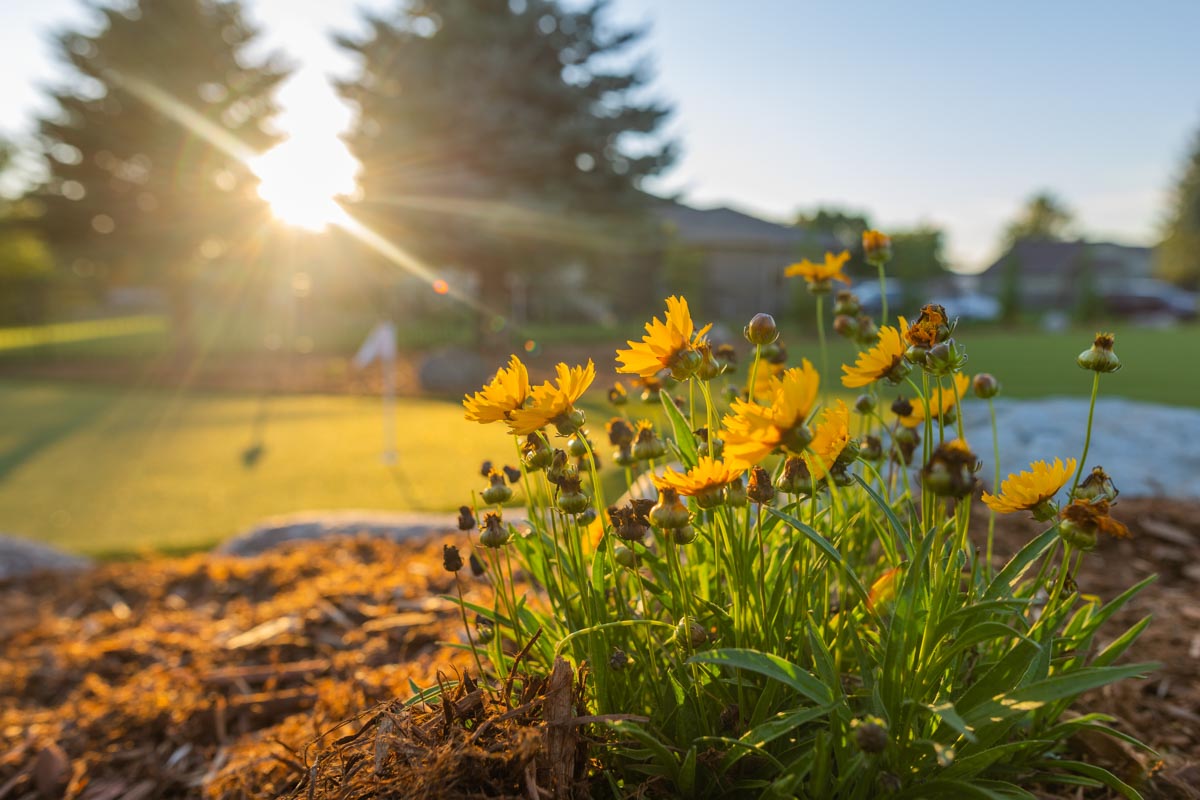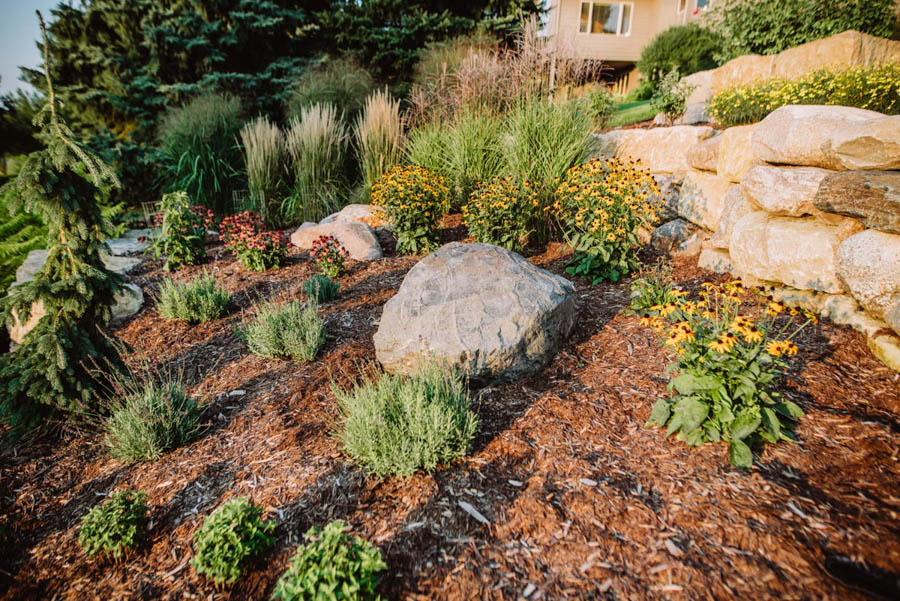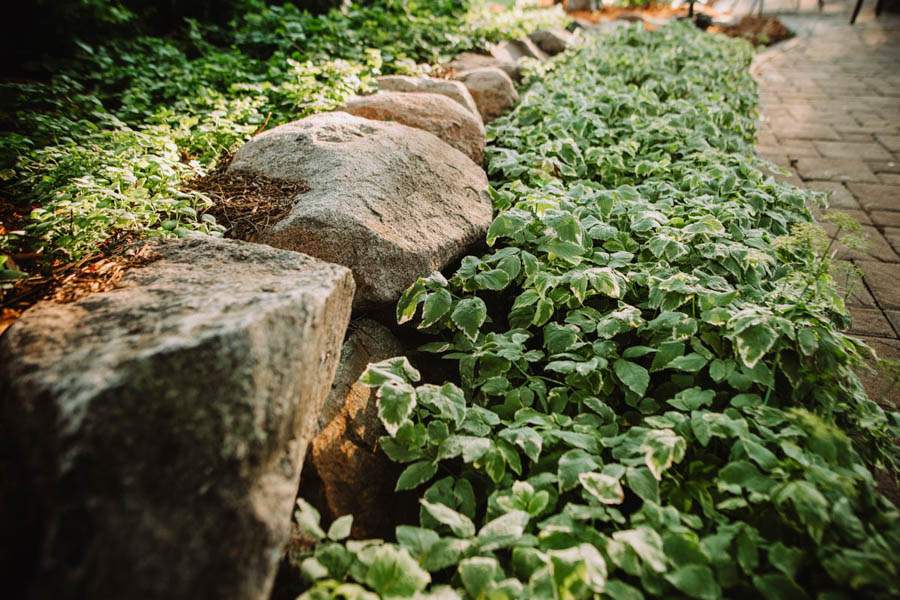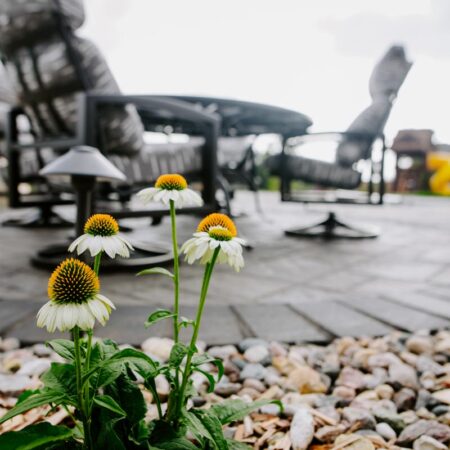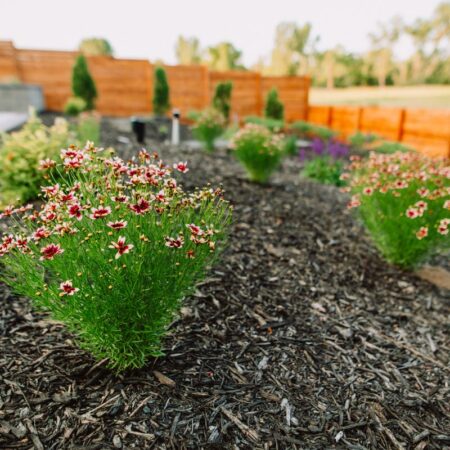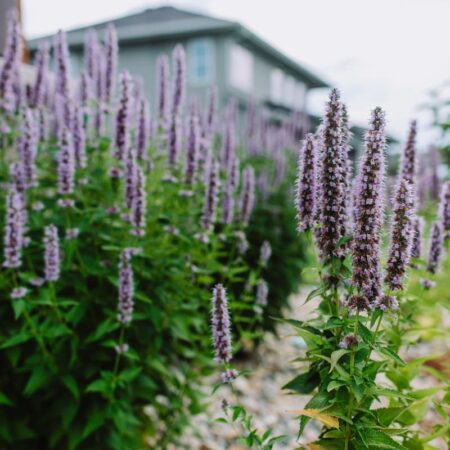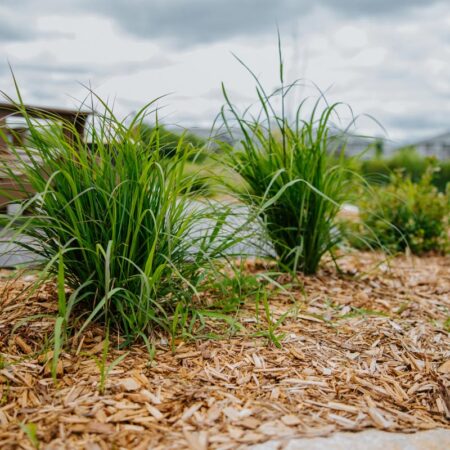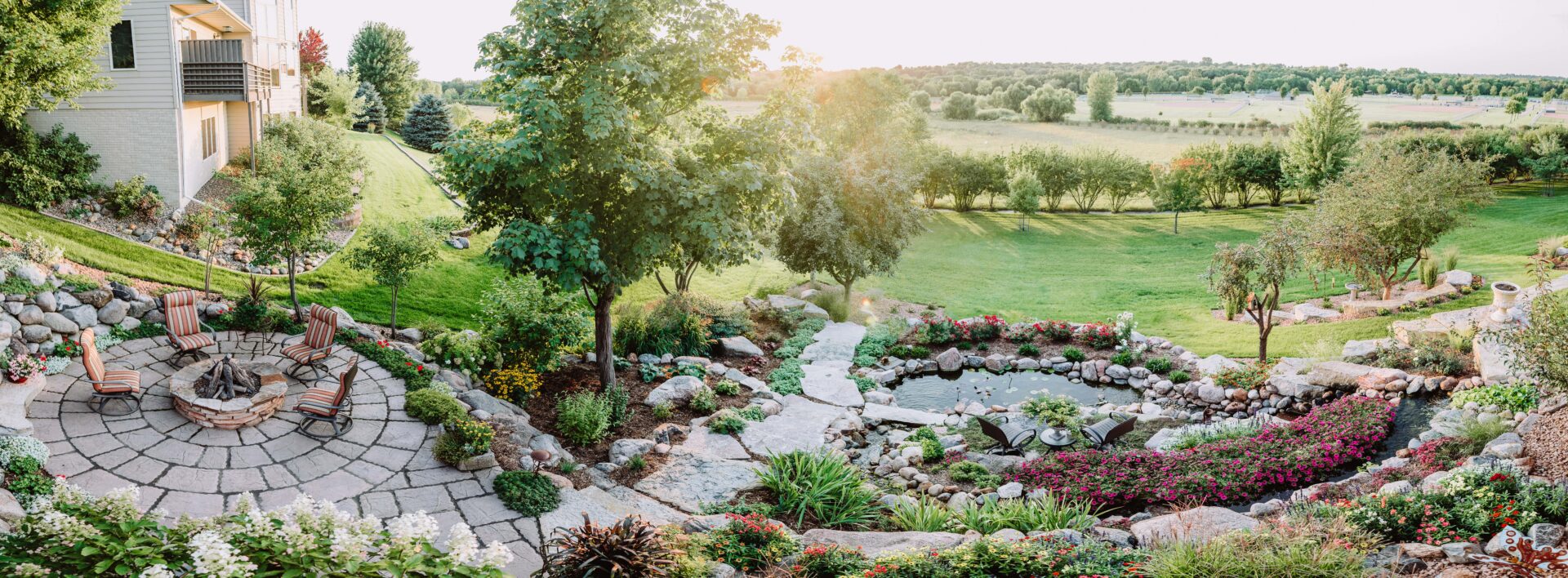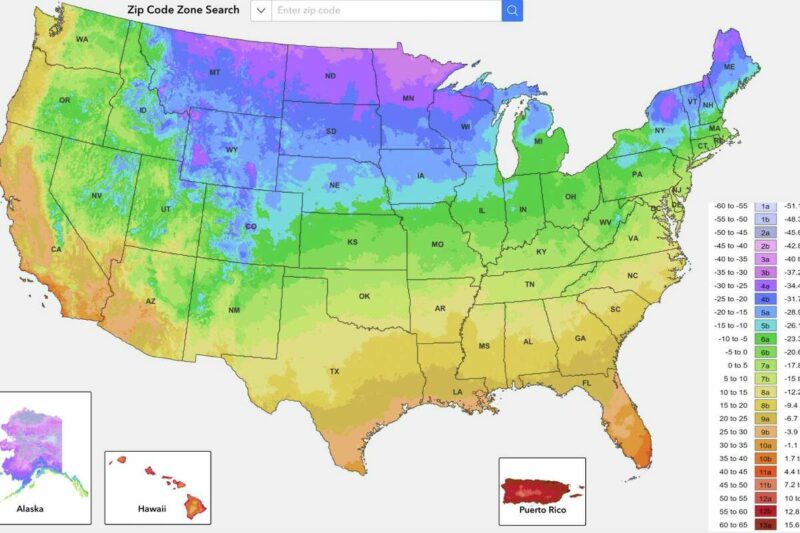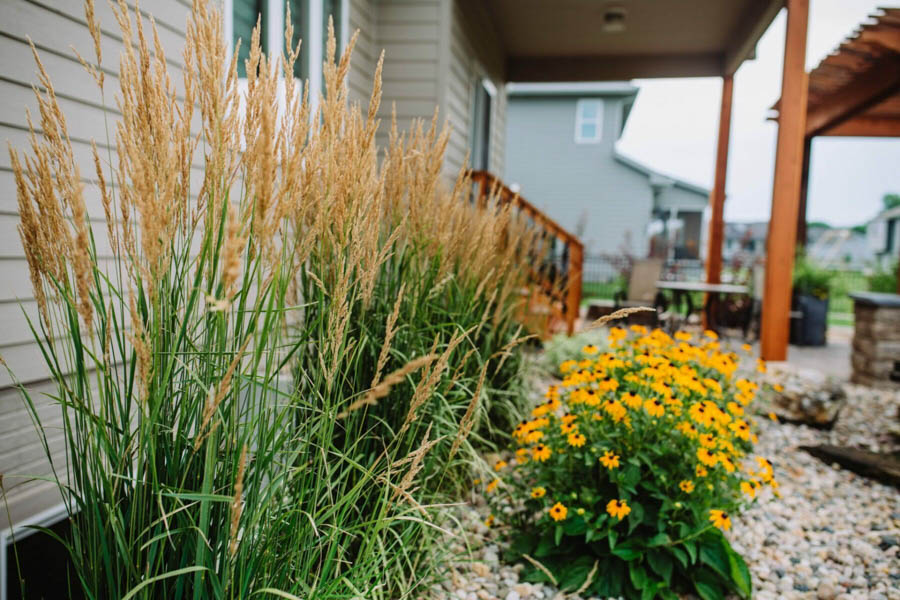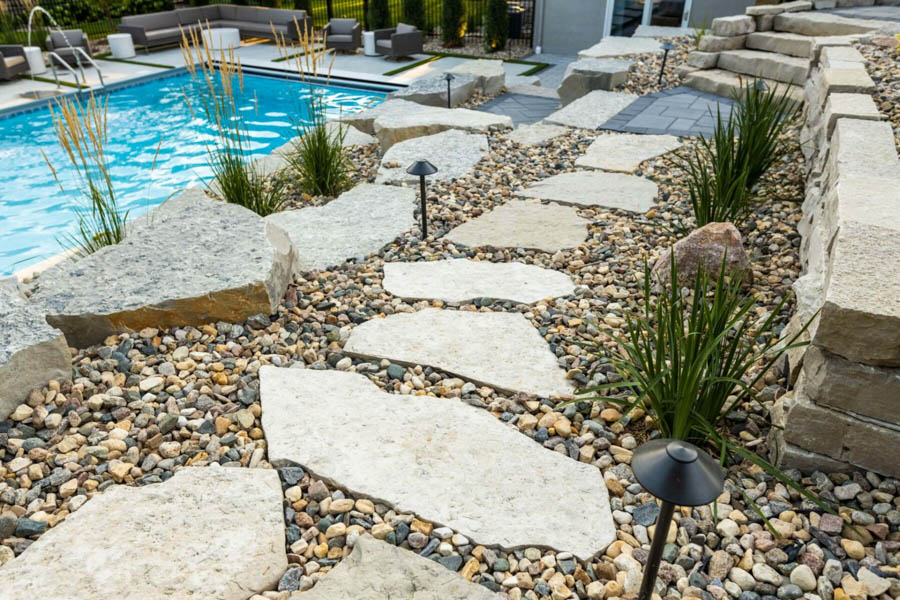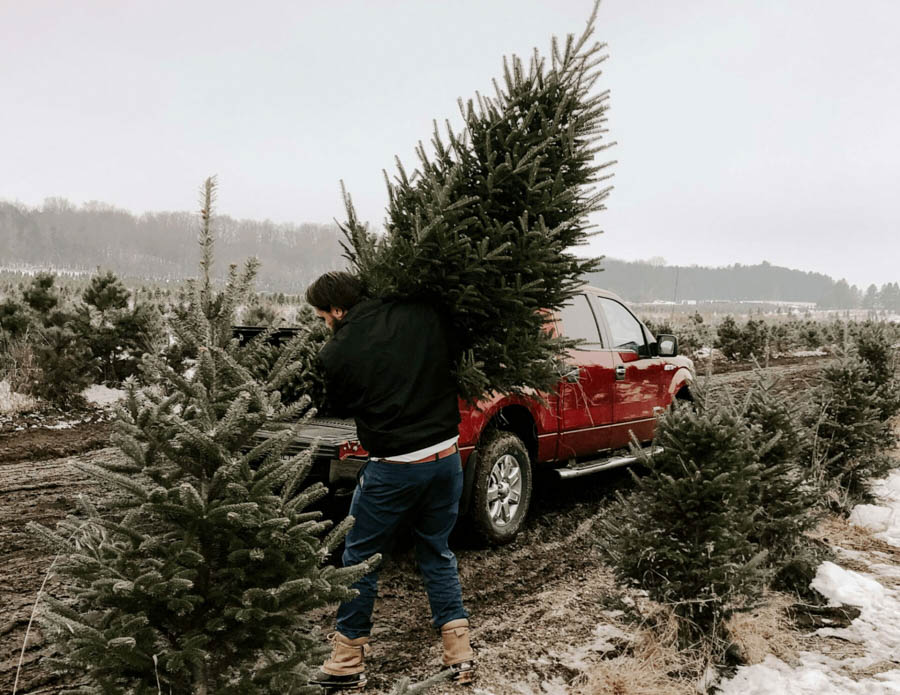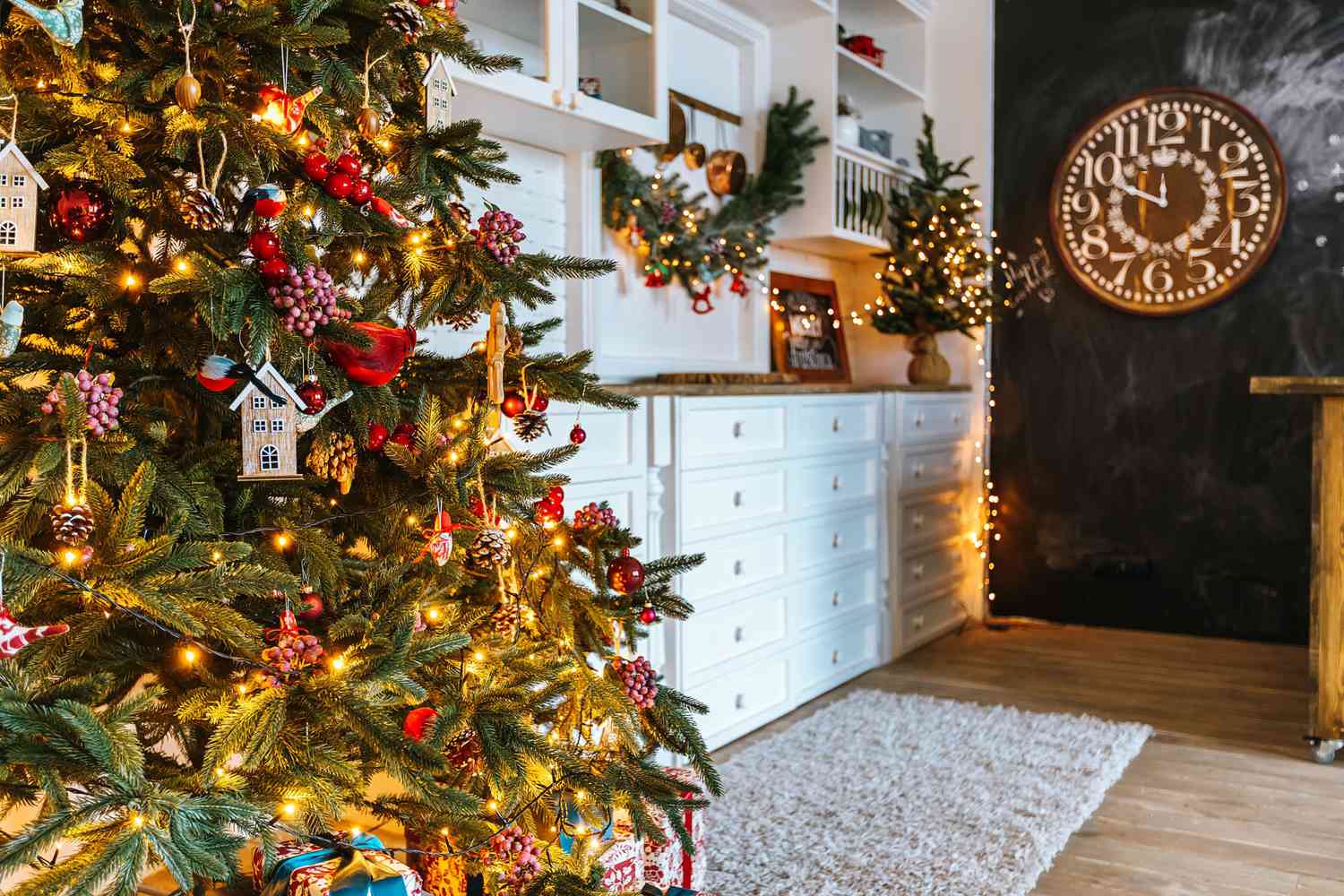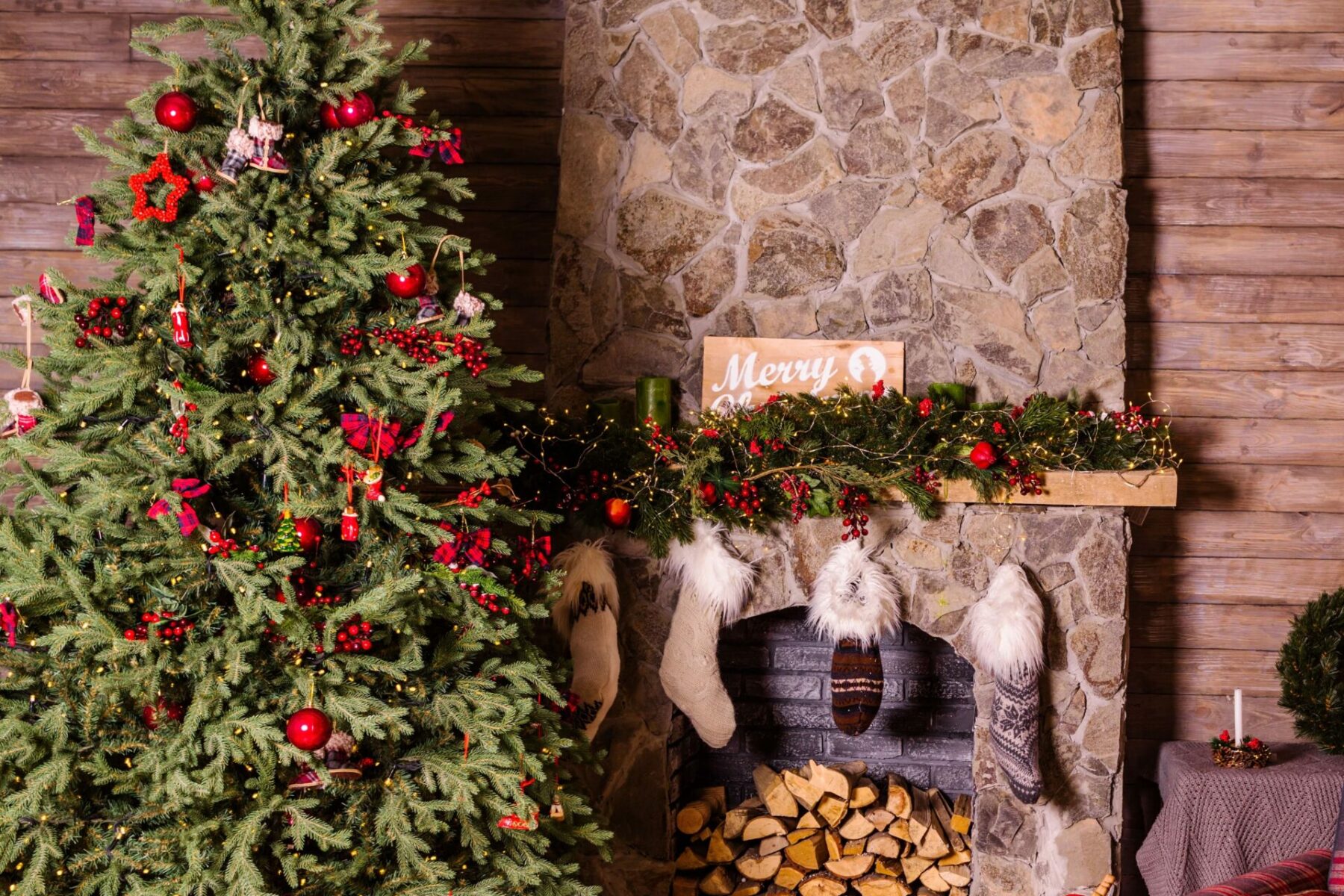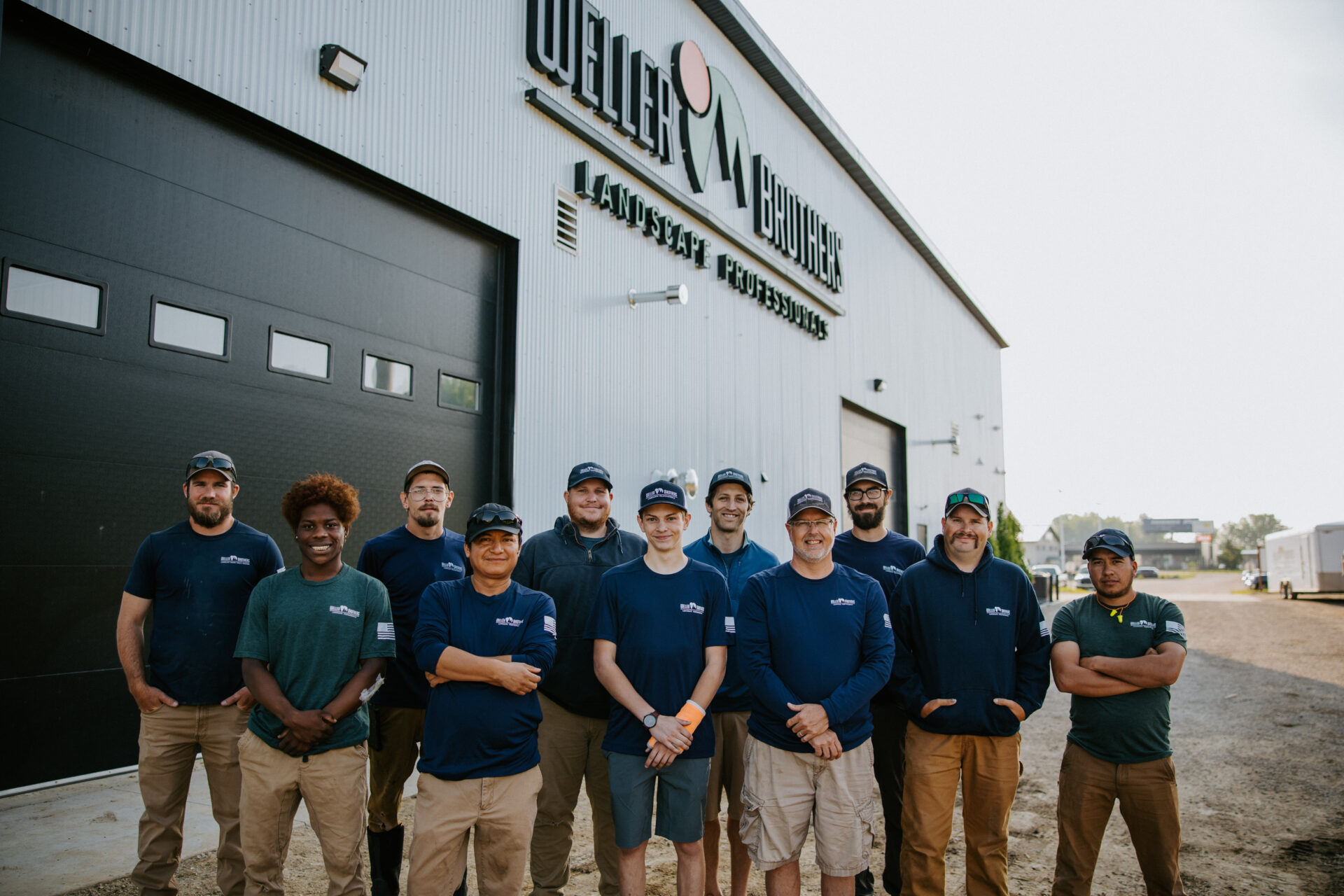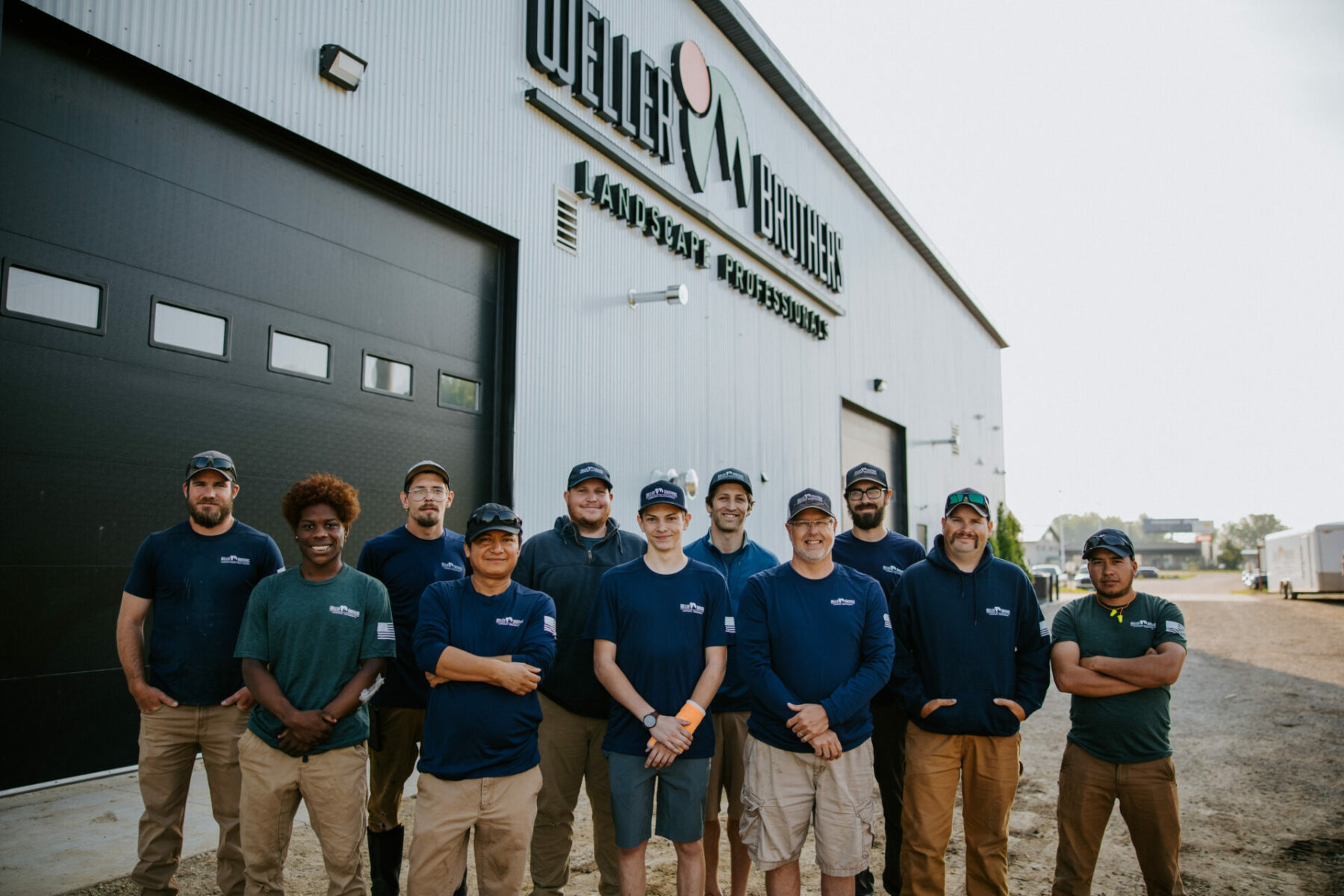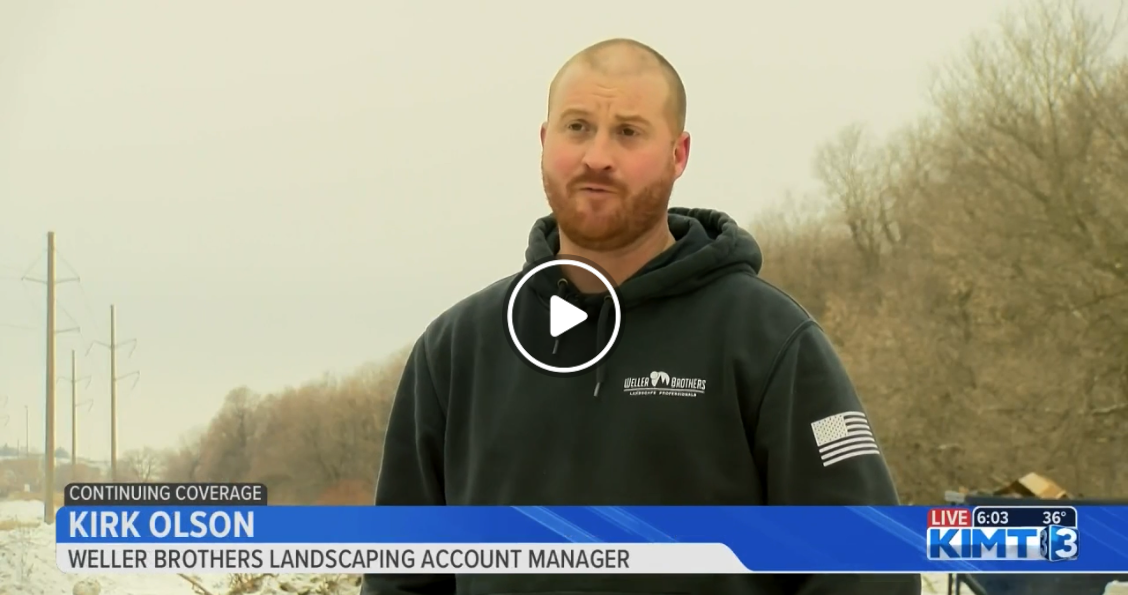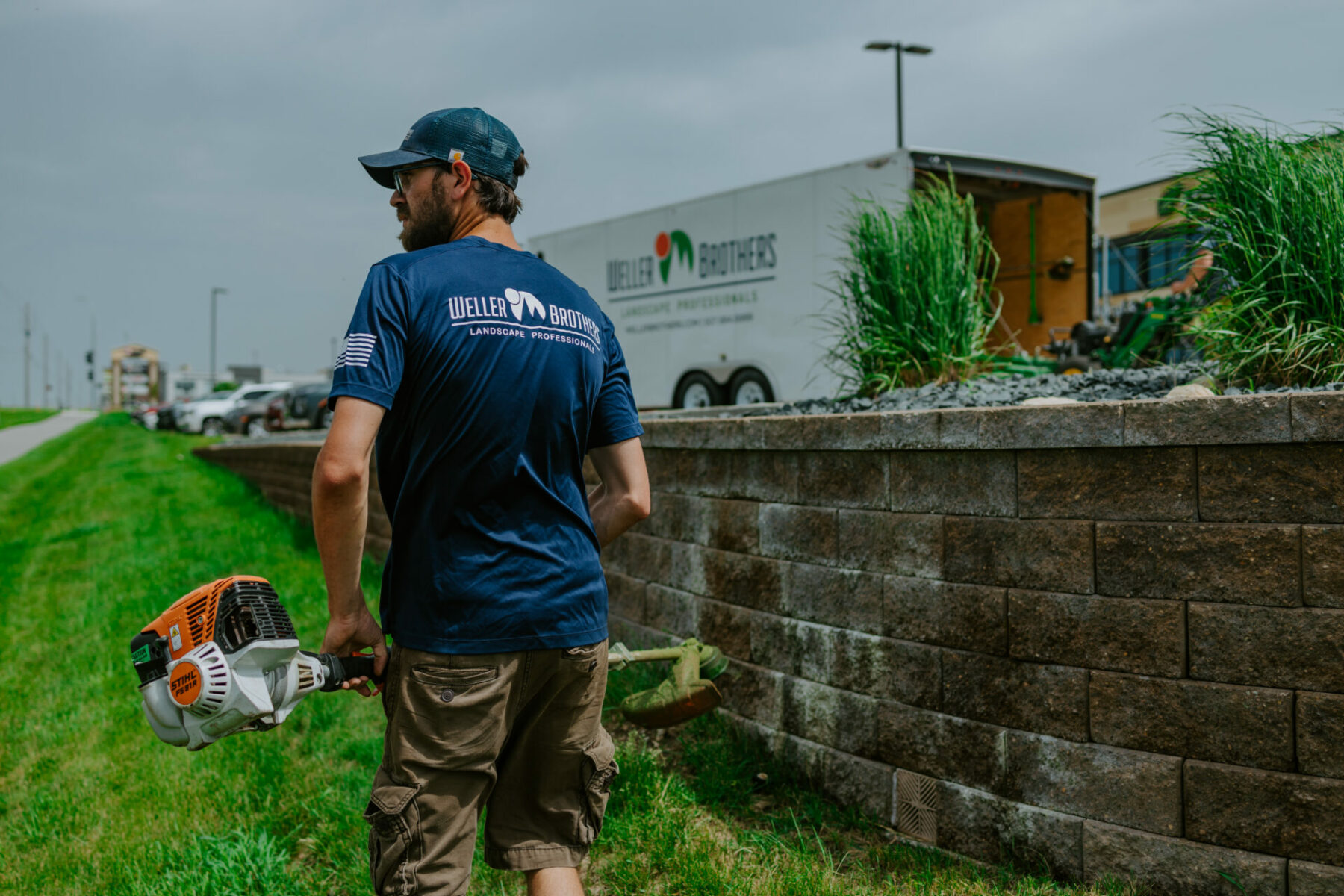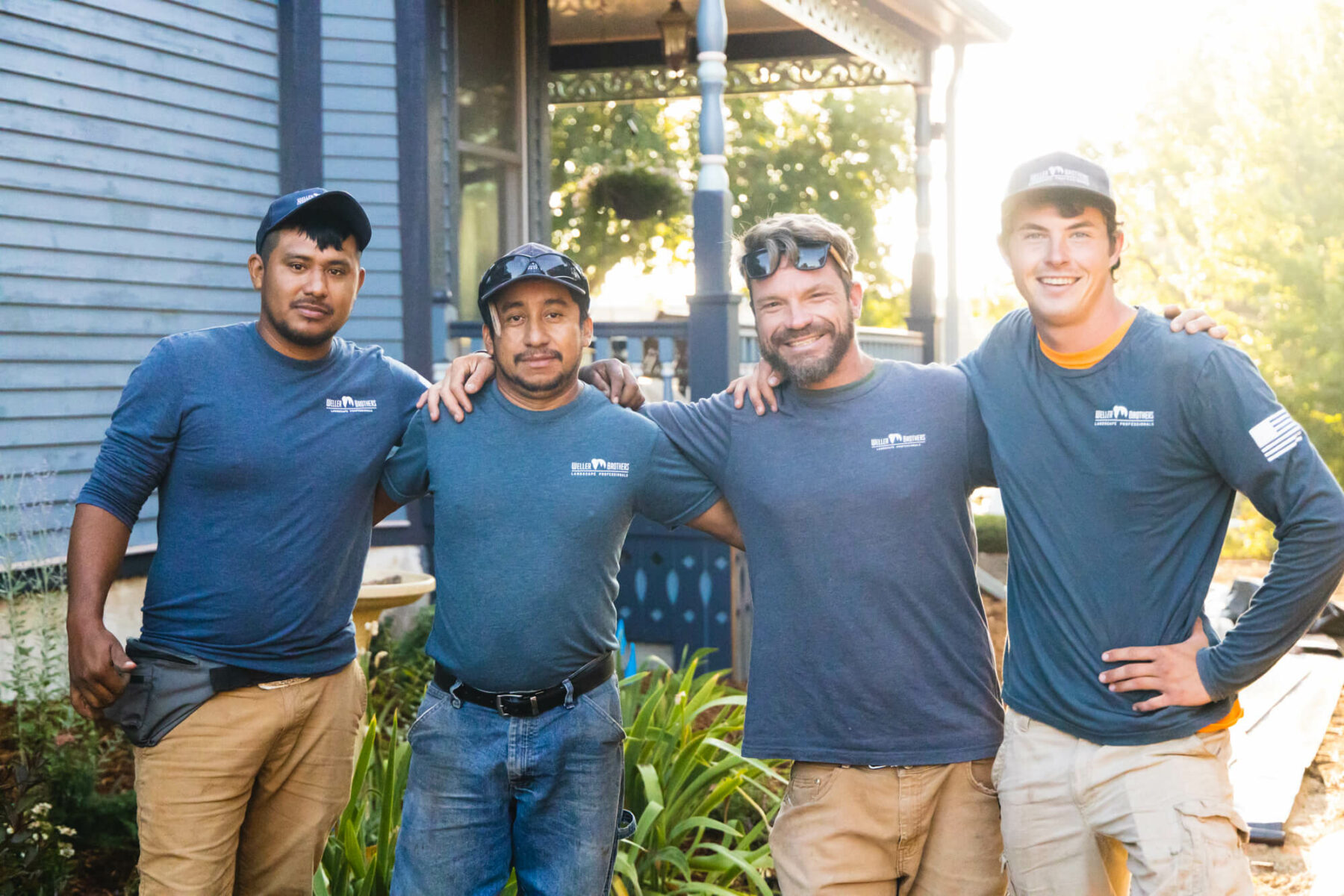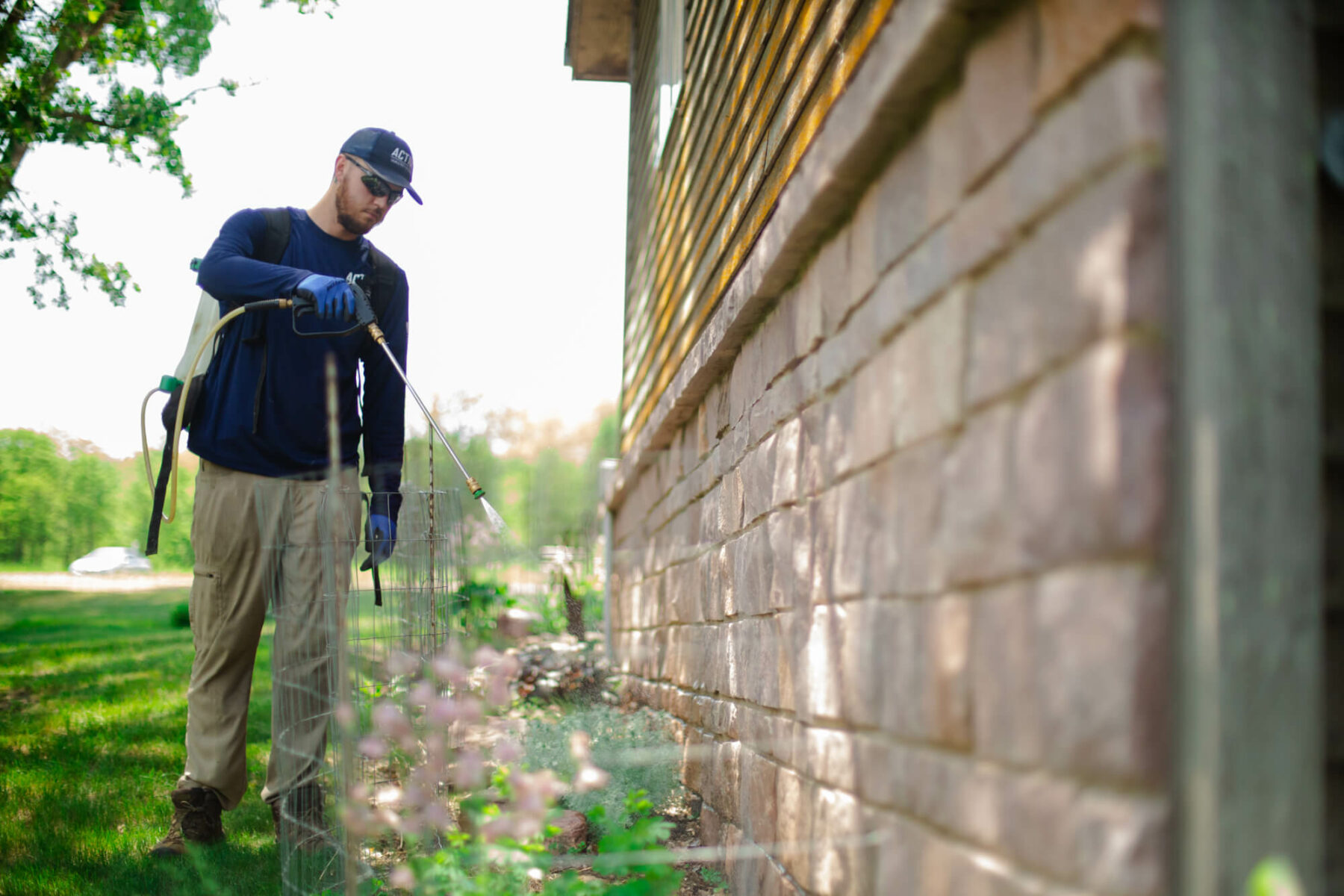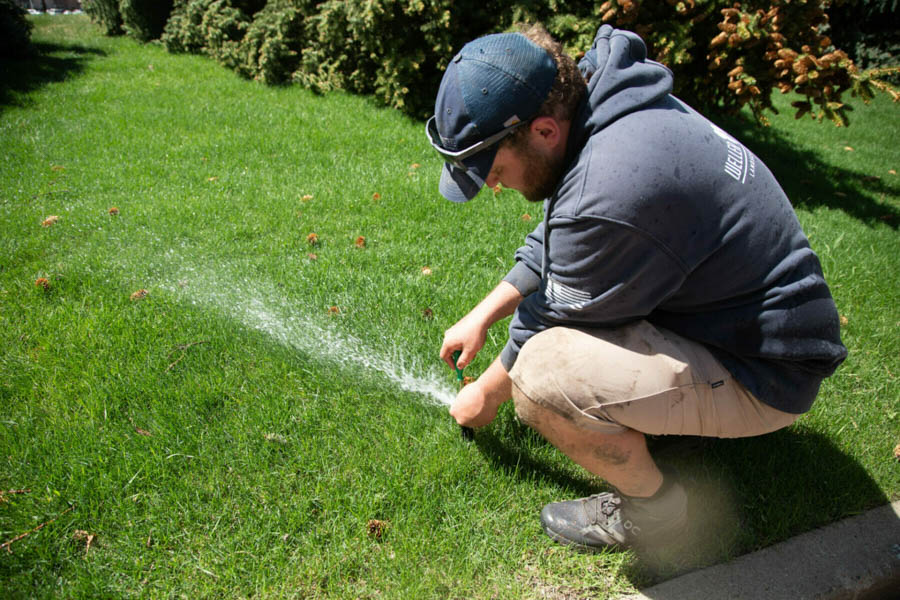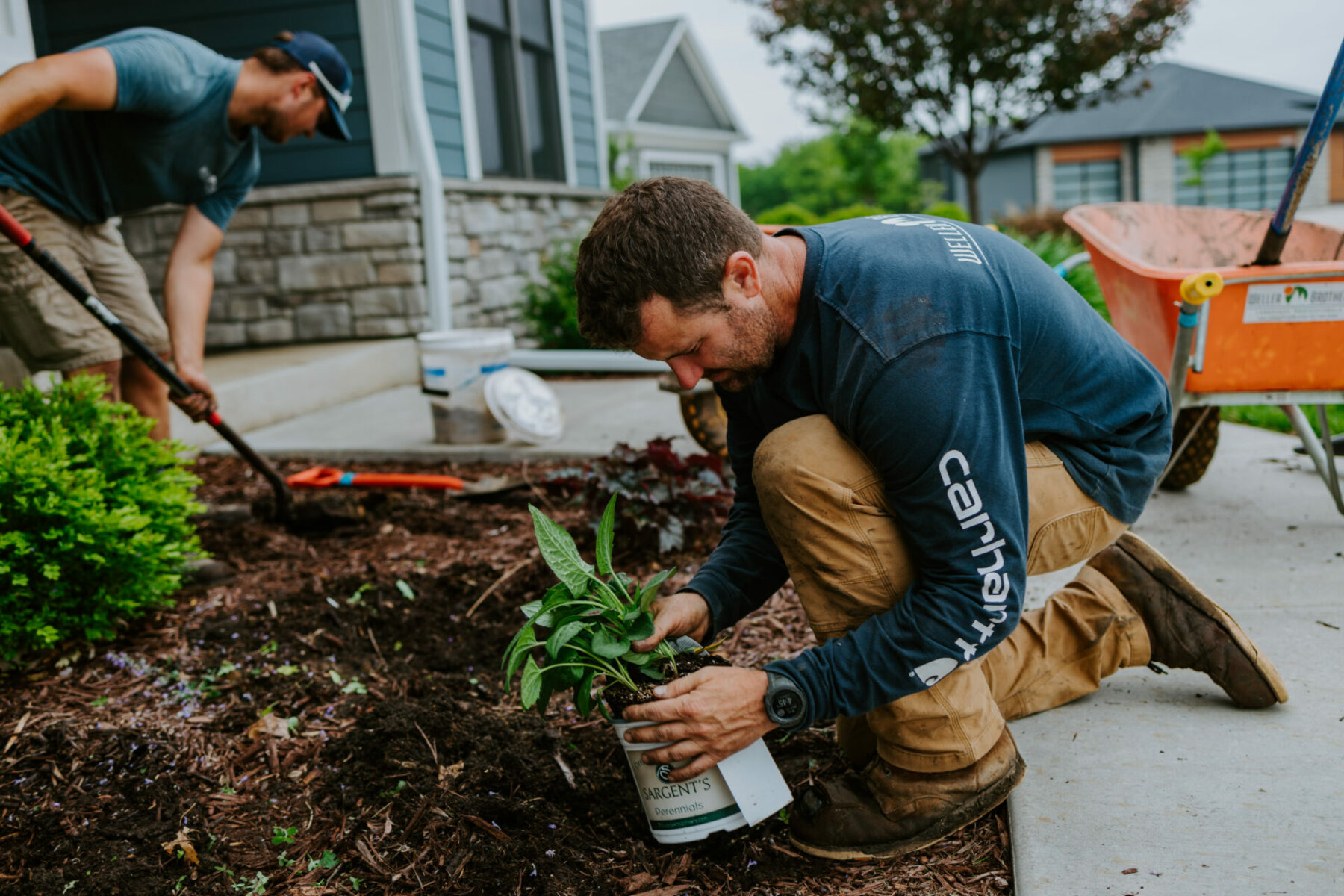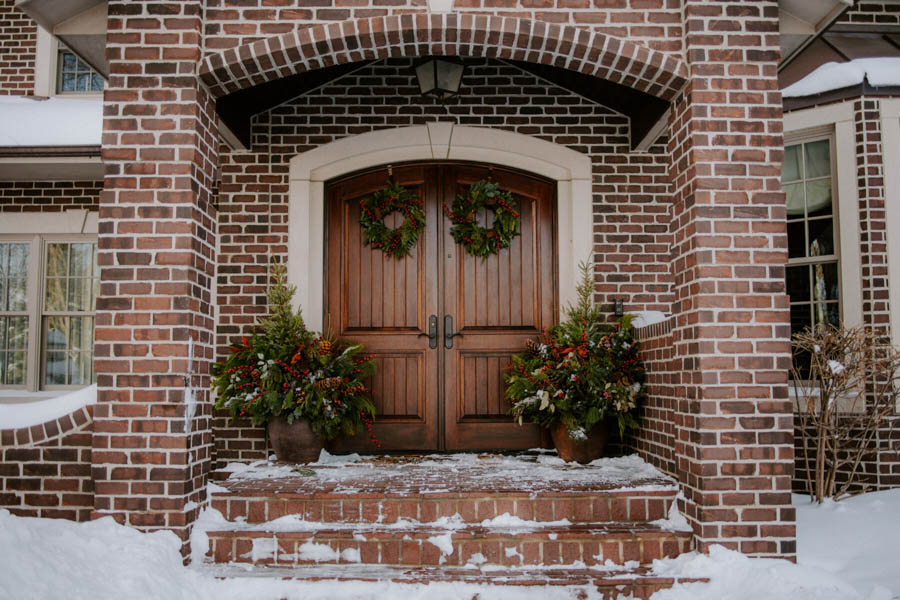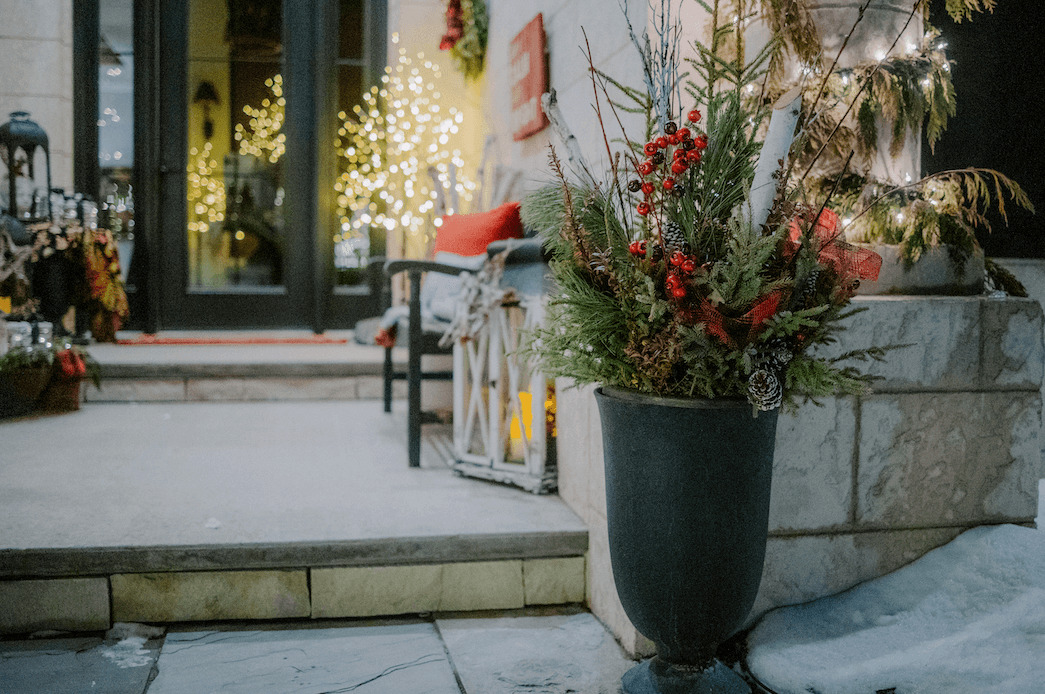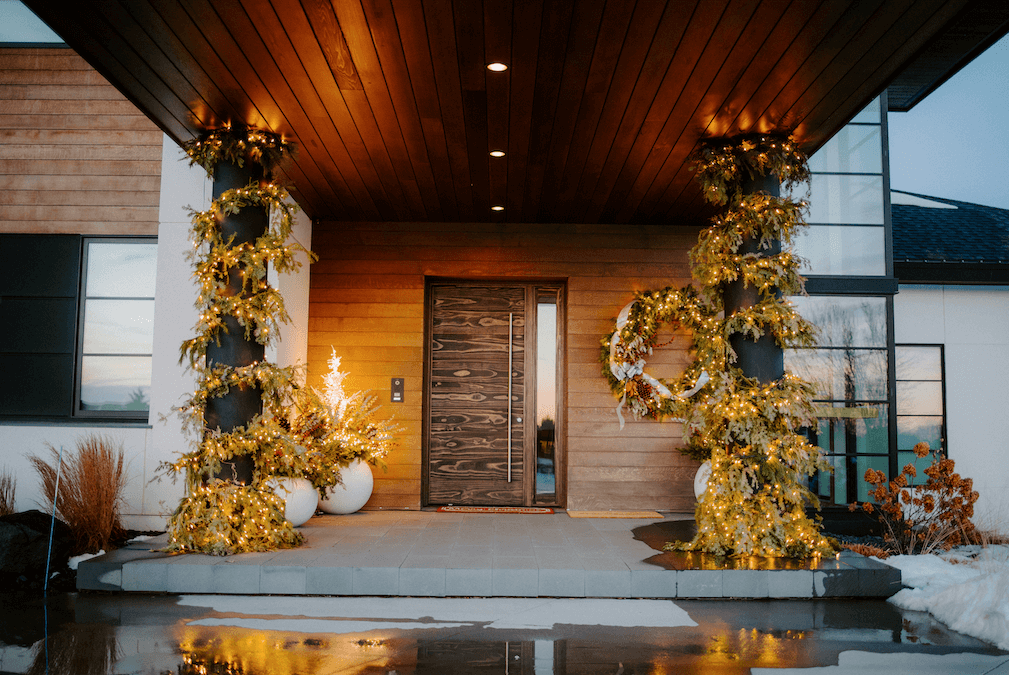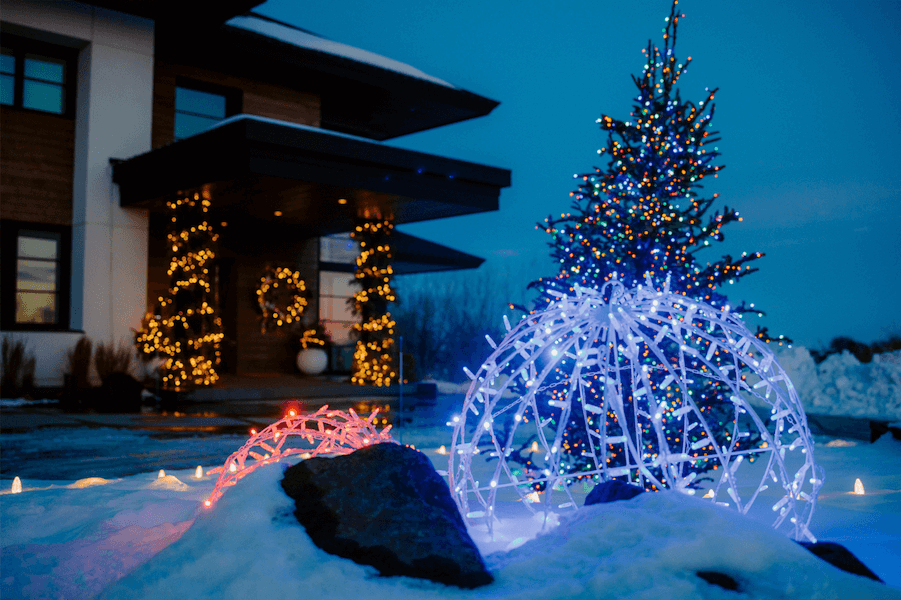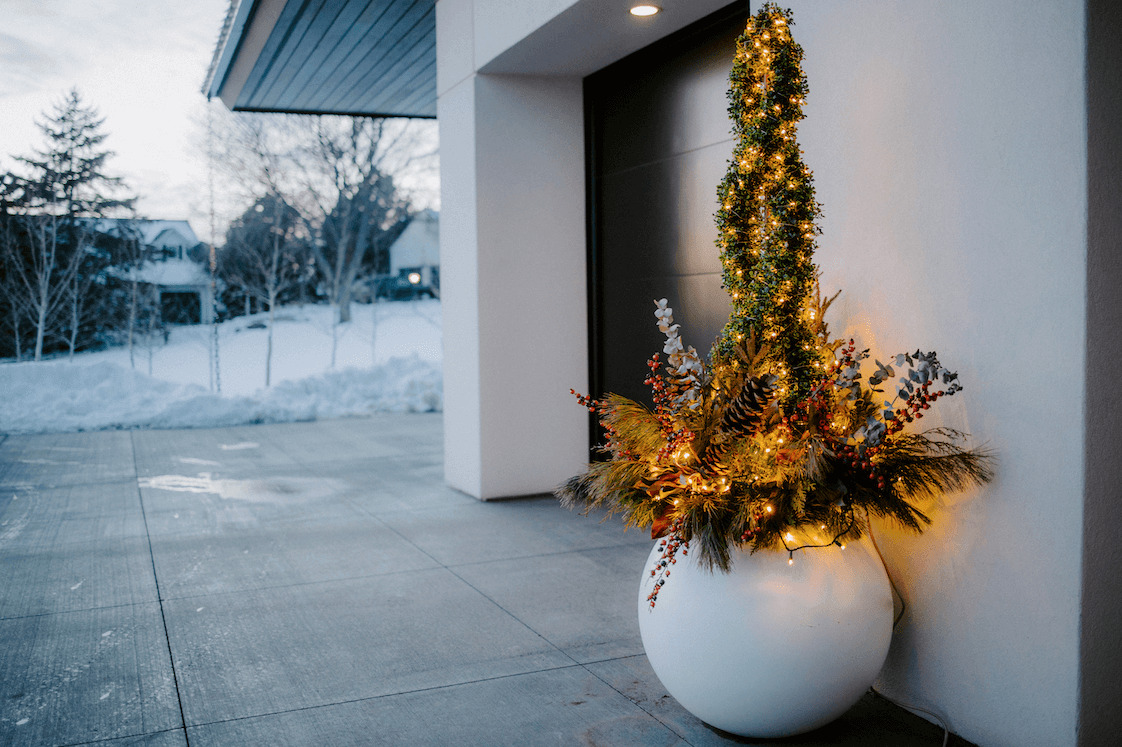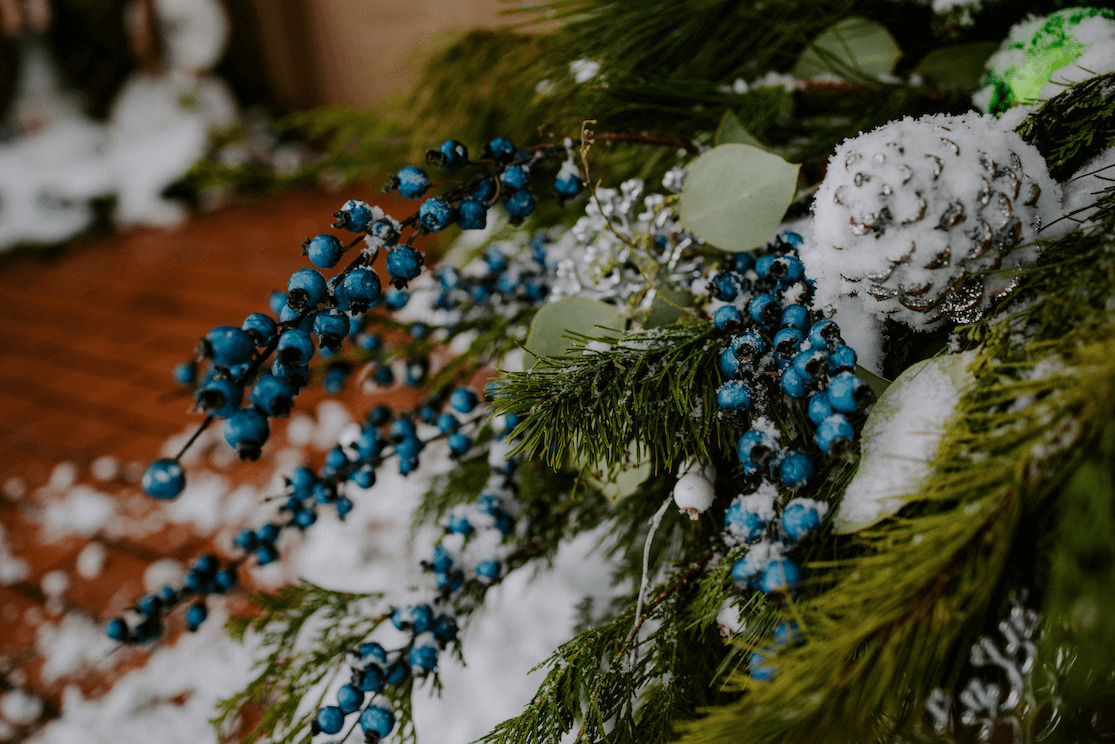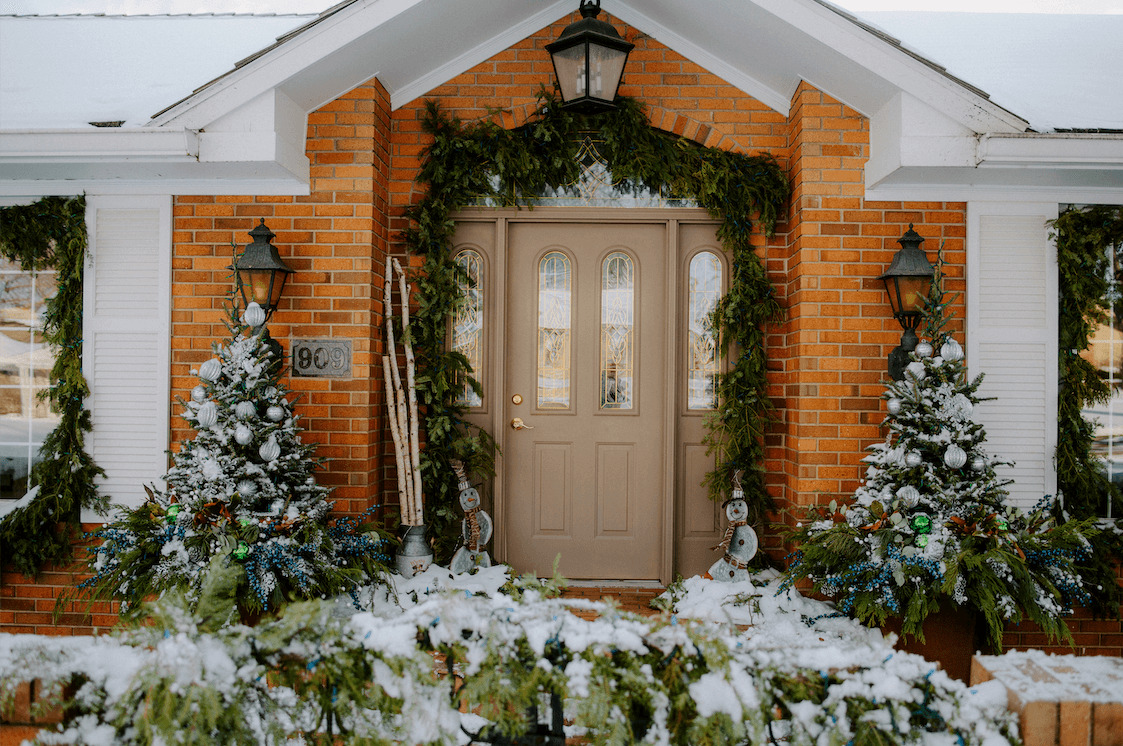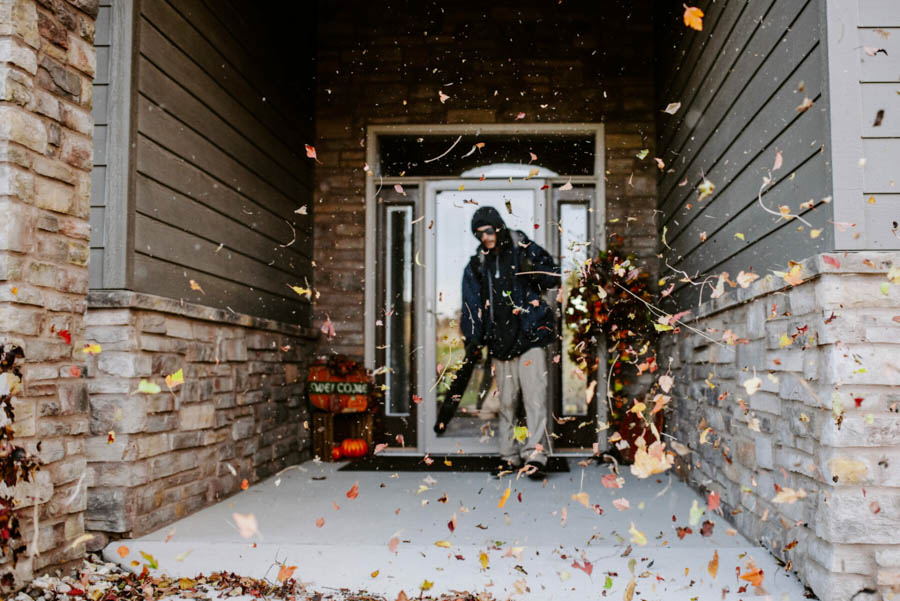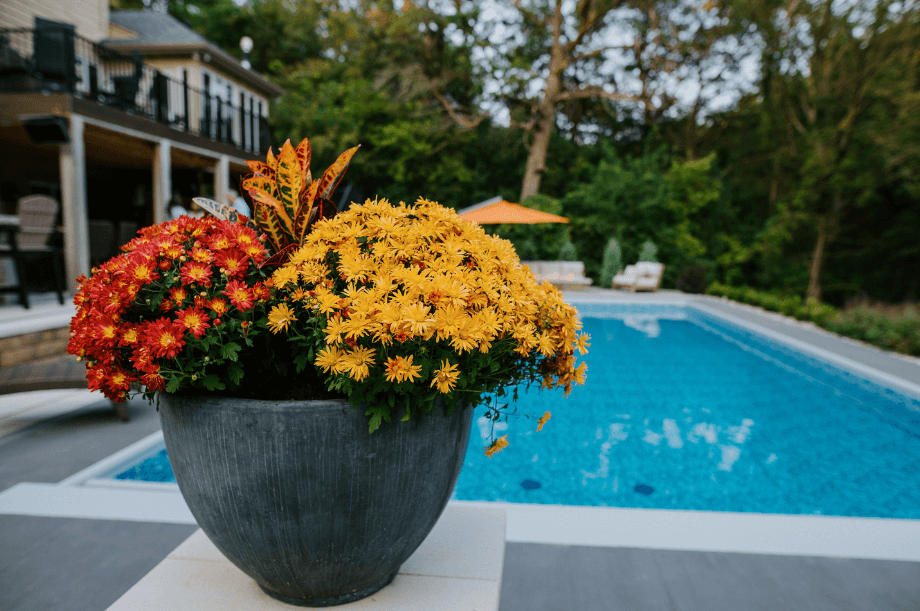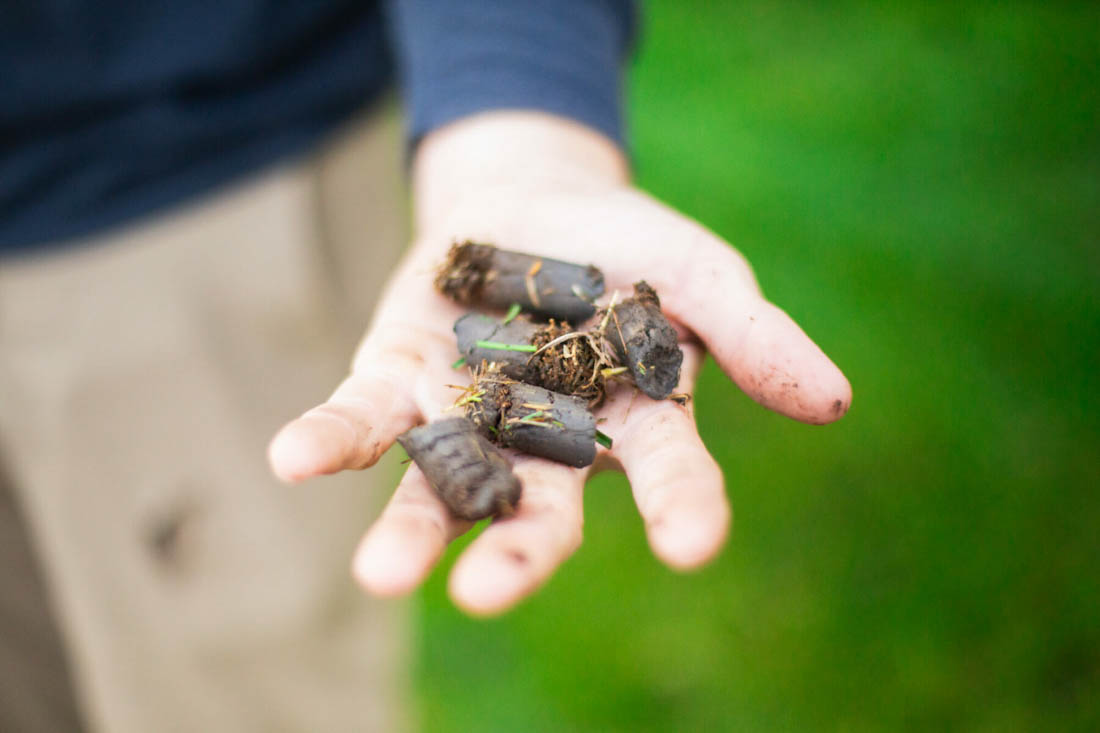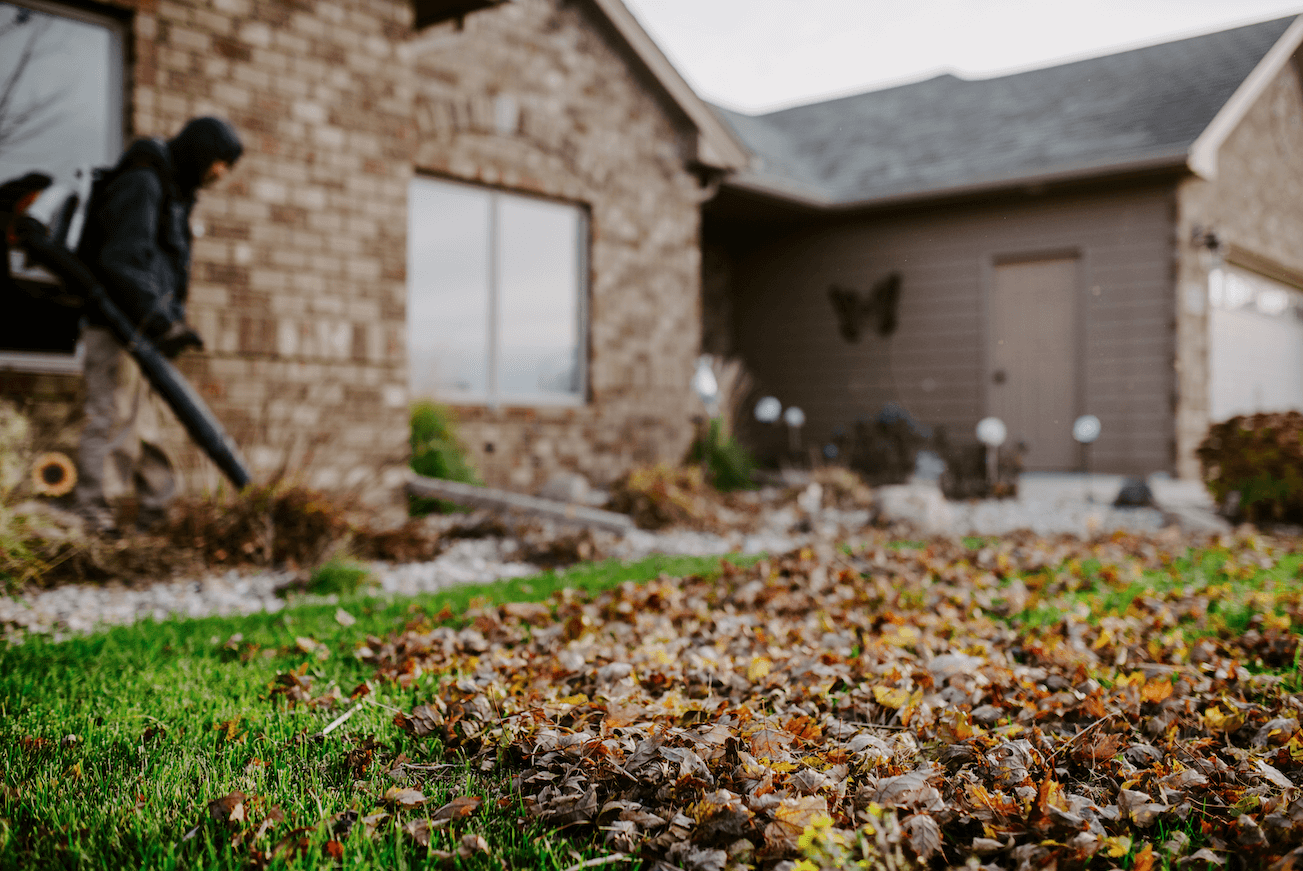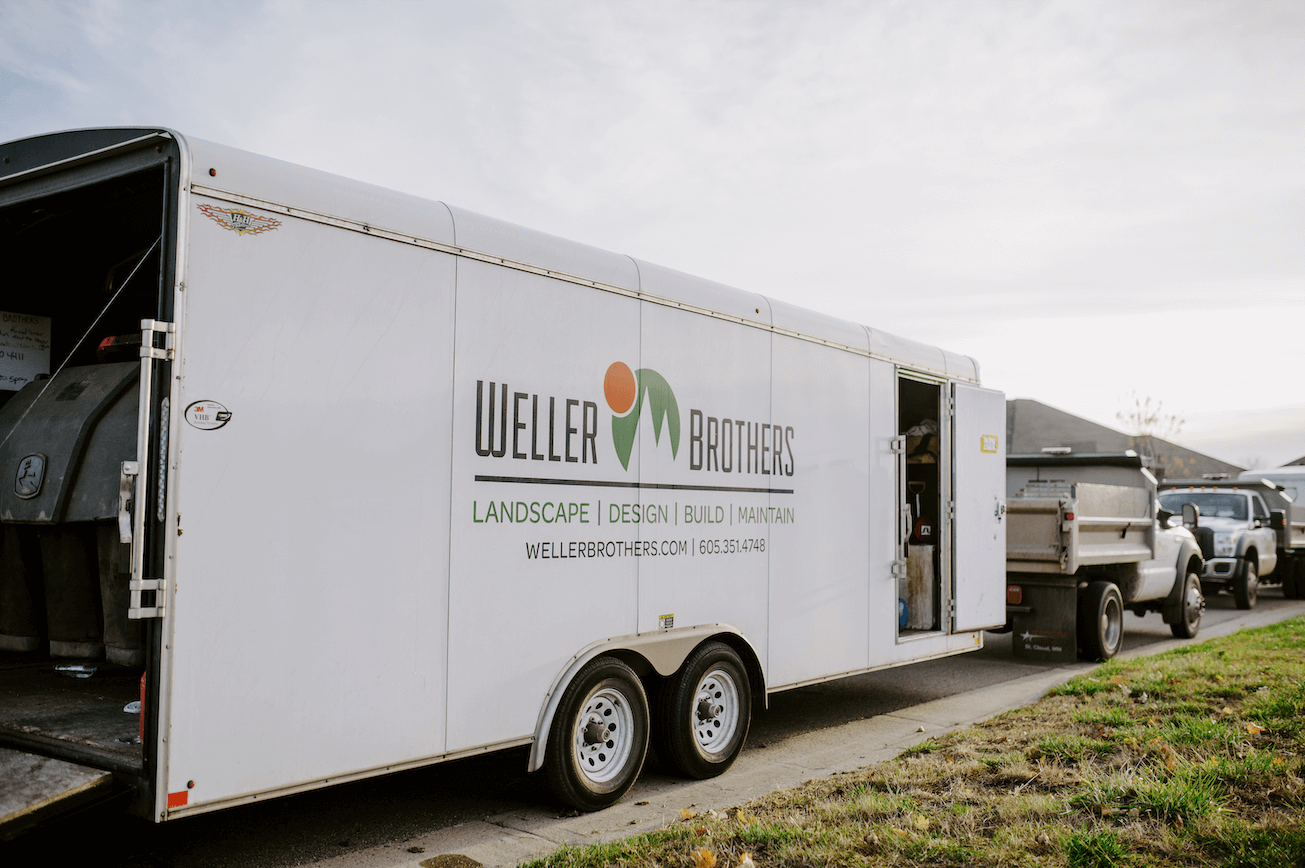How To Protect Your Plants from Animals During Winter
As winter approaches, we face a new challenge: keeping plants safe from hungry animals looking for food. This can be a difficult season for animals with the snow and frigid temperatures.
Whether it is deer, rabbits, squirrels, or even domestic pets, the colder months can bring a host of critters eager to nibble on your garden.
Here’s a guide to how Weller Brothers can help you protect your plants from animal intruders in Sioux Falls, SD, Rochester, MN, and Des Moines, IA.
Understanding the Threats
Different animals have varying habits and preferences when it comes to foraging. Below are the three most common types of furry friends that damage your Midwest vegetation.
- Deer: Often roam in search of food and munch on buds, stems, side branches, fruits, and flowers of small trees and shrubs. They can also damage tree bark by scraping their antlers and heads on tree trunks.
- Rabbits: Love to eat twigs, buds, and plant stems. When feeding on these plant stems, they may girdle the branches. Rabbits remove the bark completely around the trunks and stem of your trees, which disrupts the flow of nutrients from the leaves to the roots, leaving your trees struggling to stay healthy.
- Rodents: Mice and voles can tunnel underground, damaging roots and bulbs. Their trails can be seen as raised trails through the snow.
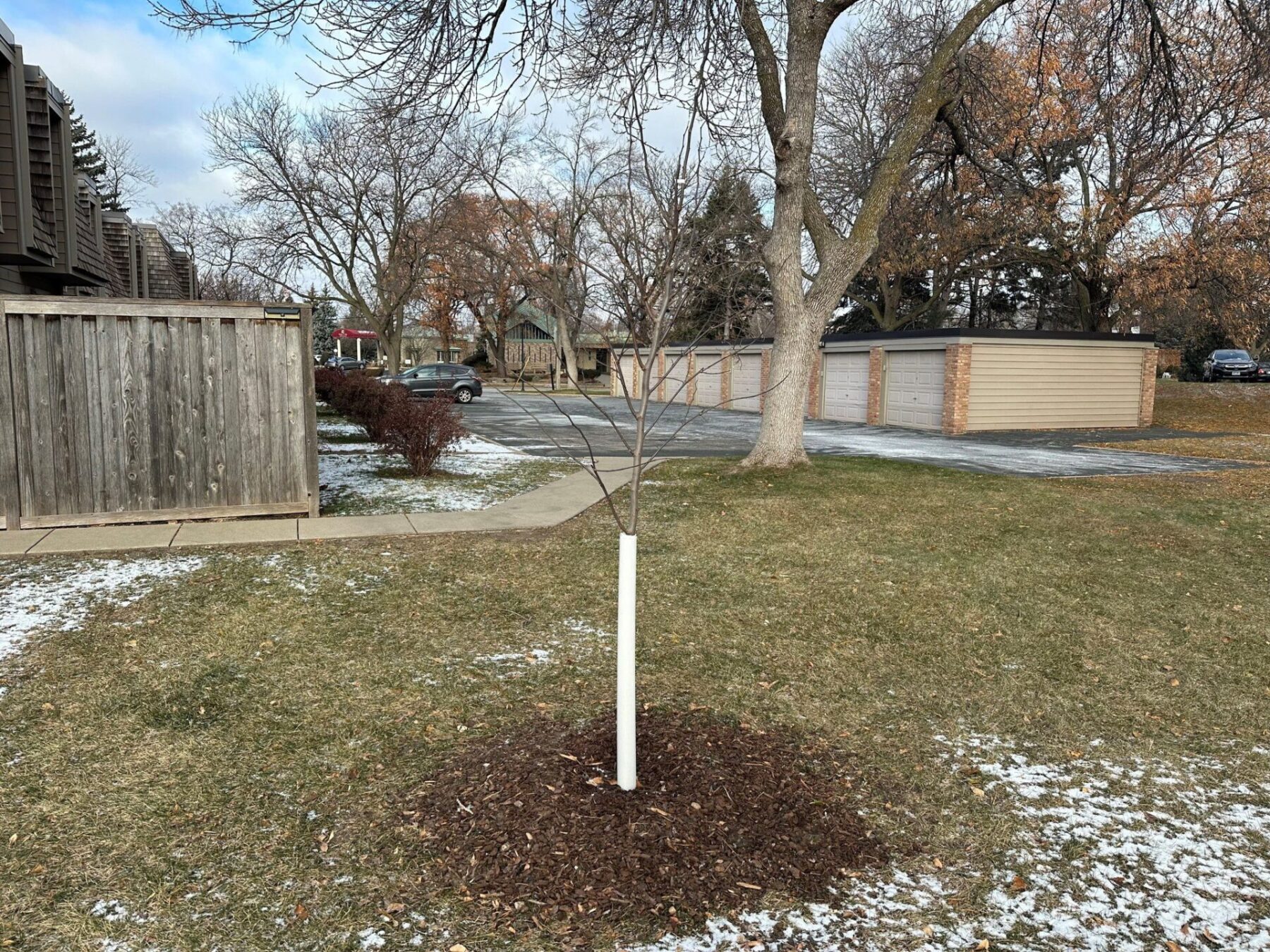
Physical Barriers
At Weller Brothers, we suggest utilizing physical barriers to dissuade animals from finding dinner within your landscaping. The fall season, before snowfall, is the best time to install the physical barriers. You can remove the barriers once the snow begins to melt and your regular spring yard maintenance begins.
Which type of barrier should you use?
That depends on what plant material you need to protect and from which animals. For example:
- Fencing: When installing fencing for your plants, it is important to consider what animals you are trying to deter. For rabbits and rodents, the fence should be a minimum of 4 feet tall. It should also be buried a few inches under the ground to prevent burrowing. For deer, the fence should be a minimum of 8 feet tall.
- Netting and Cloth: Use netting or burlap to cover vulnerable plants. Newly planted juniper shrubs, delicate perennials, and annuals.
- Tree guards: Are used to prevent wildlife from nibbling or rubbing bark off of the base of your tree.
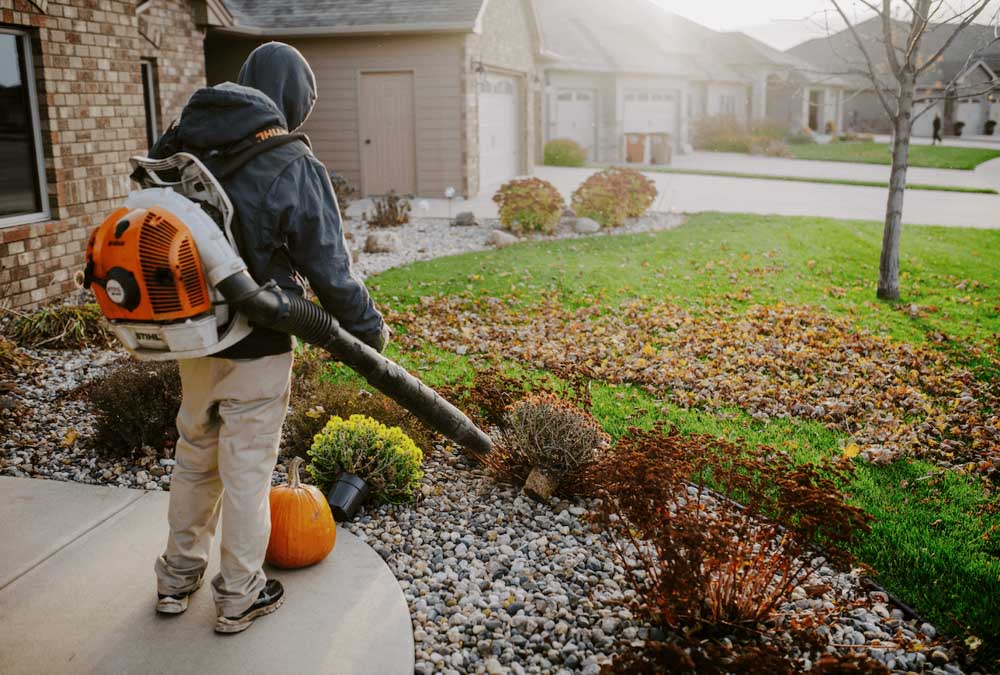
Proper Fall Cleanup
Before the cold winter months hit, it is important to properly clean your yard. Fall cleanup removes leaves from your yard, makes space for new growth in the spring, and rids your yard of dangerous pests and diseases.
Leaf clutter and debris in the fall can be dangerous because they block vital nutrients to your lawn and attract many pests such as spiders, snakes, and rodents seeking shelter in the debris. A detailed fall cleanup will remove these pests from your yard and keep you and your lawn safe.
Contact Us To Protect Your Plants This Winter
Protecting your plants from animals during winter requires a combination of strategies.
Our Weller Brothers team understands the specific threats in our area and can implement effective deterrents so you can enjoy a thriving landscape when spring arrives In Sioux Falls, SD, Rochester, MN, and Des Moines, IA.
